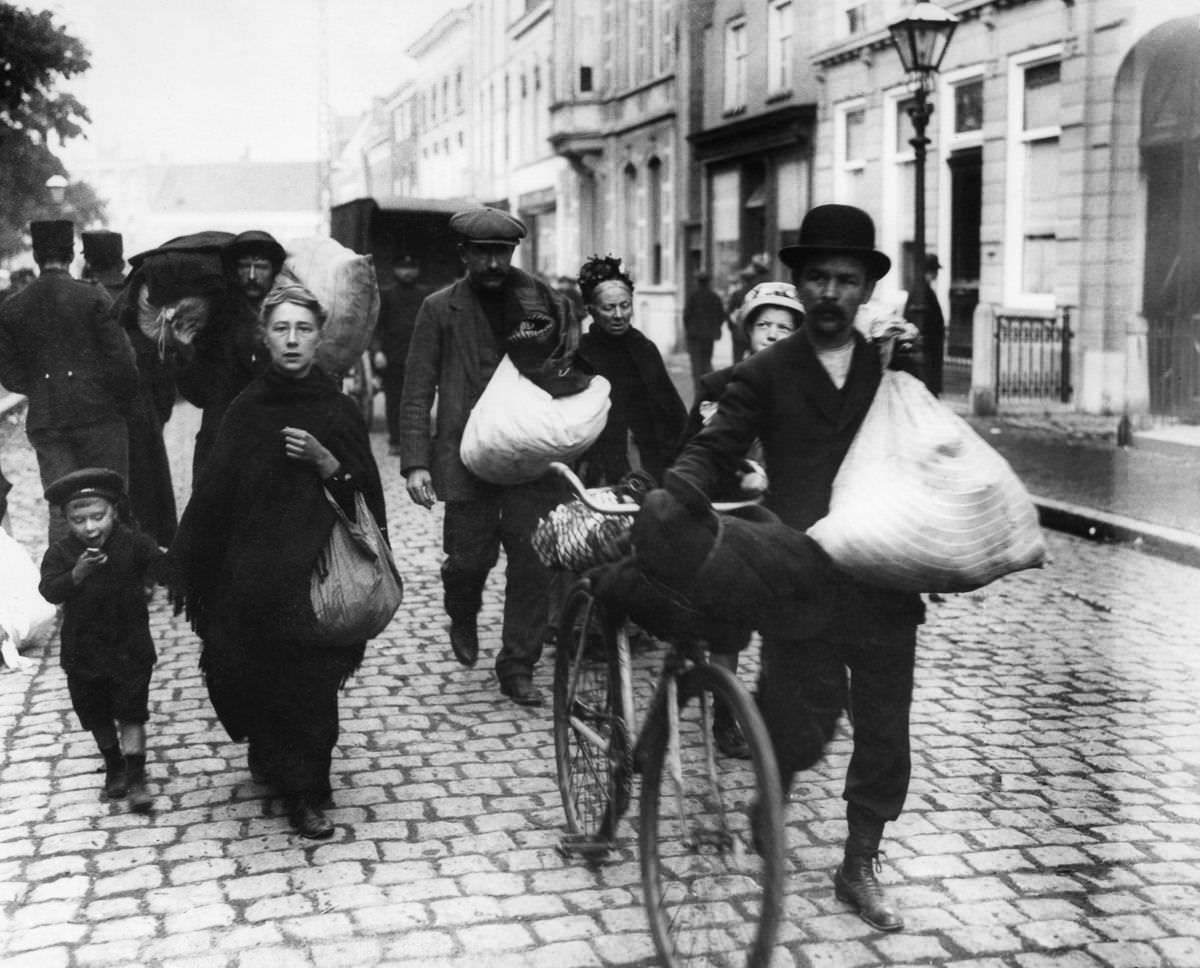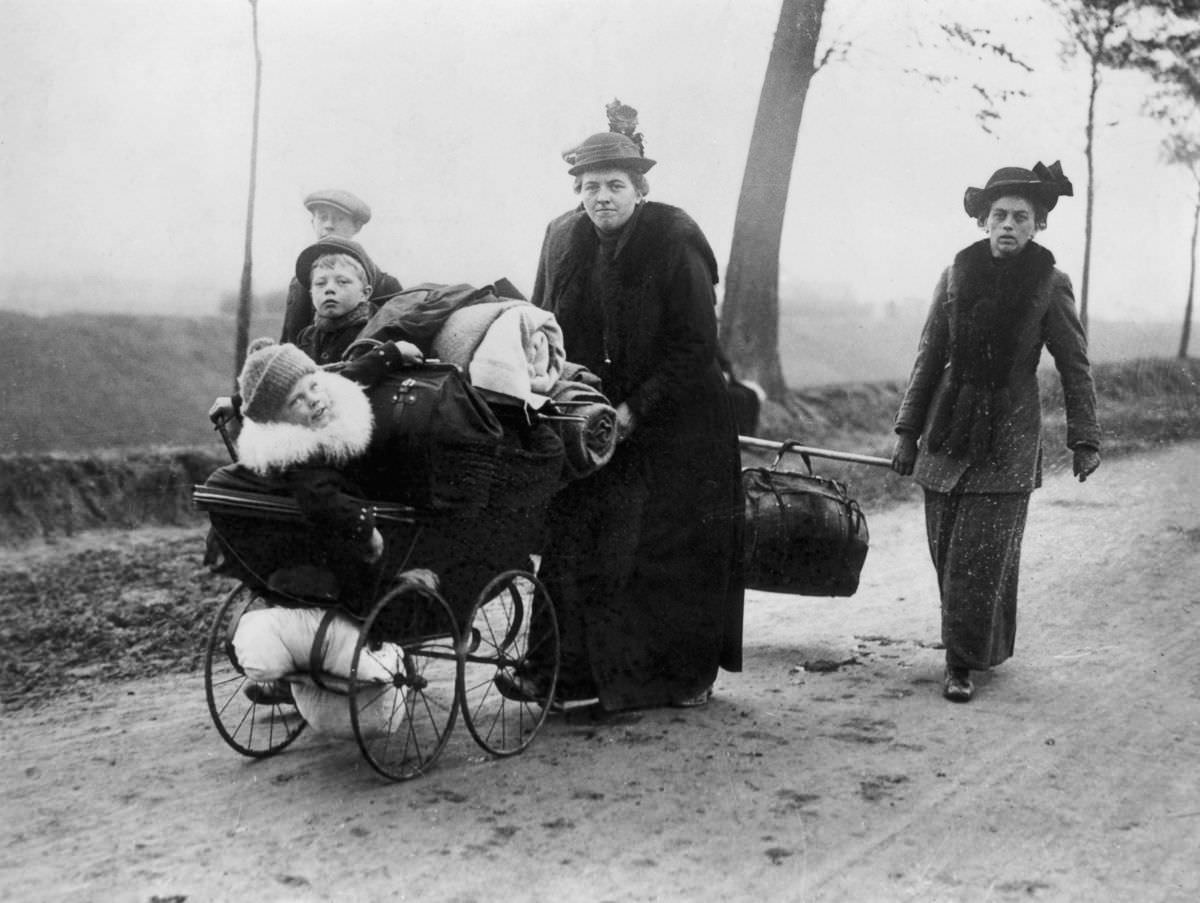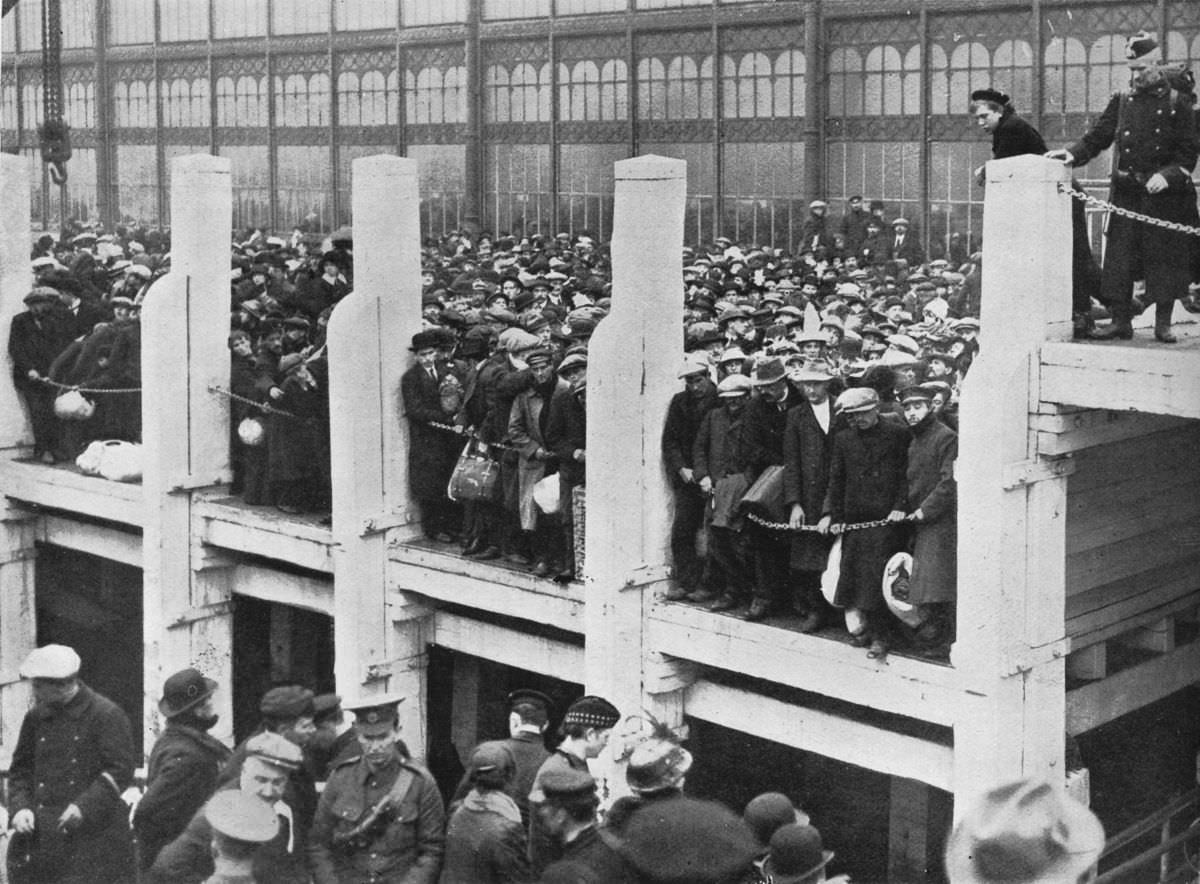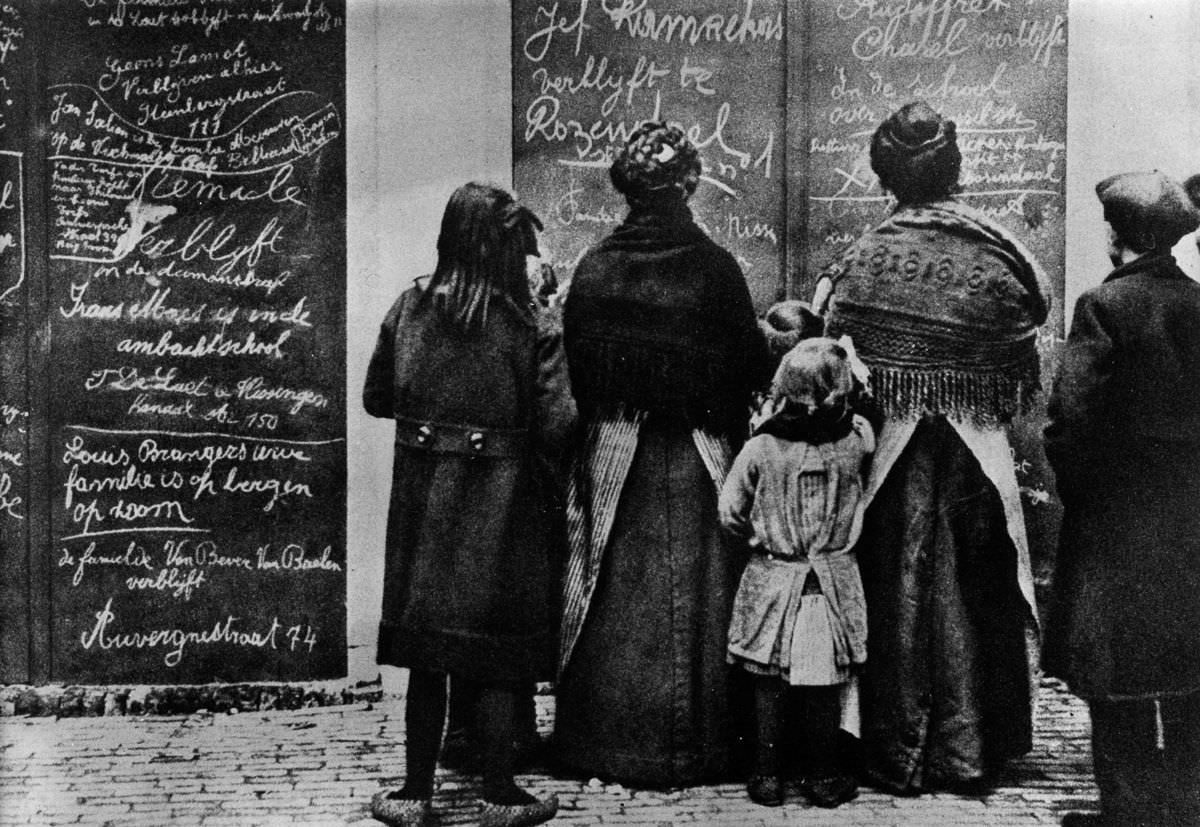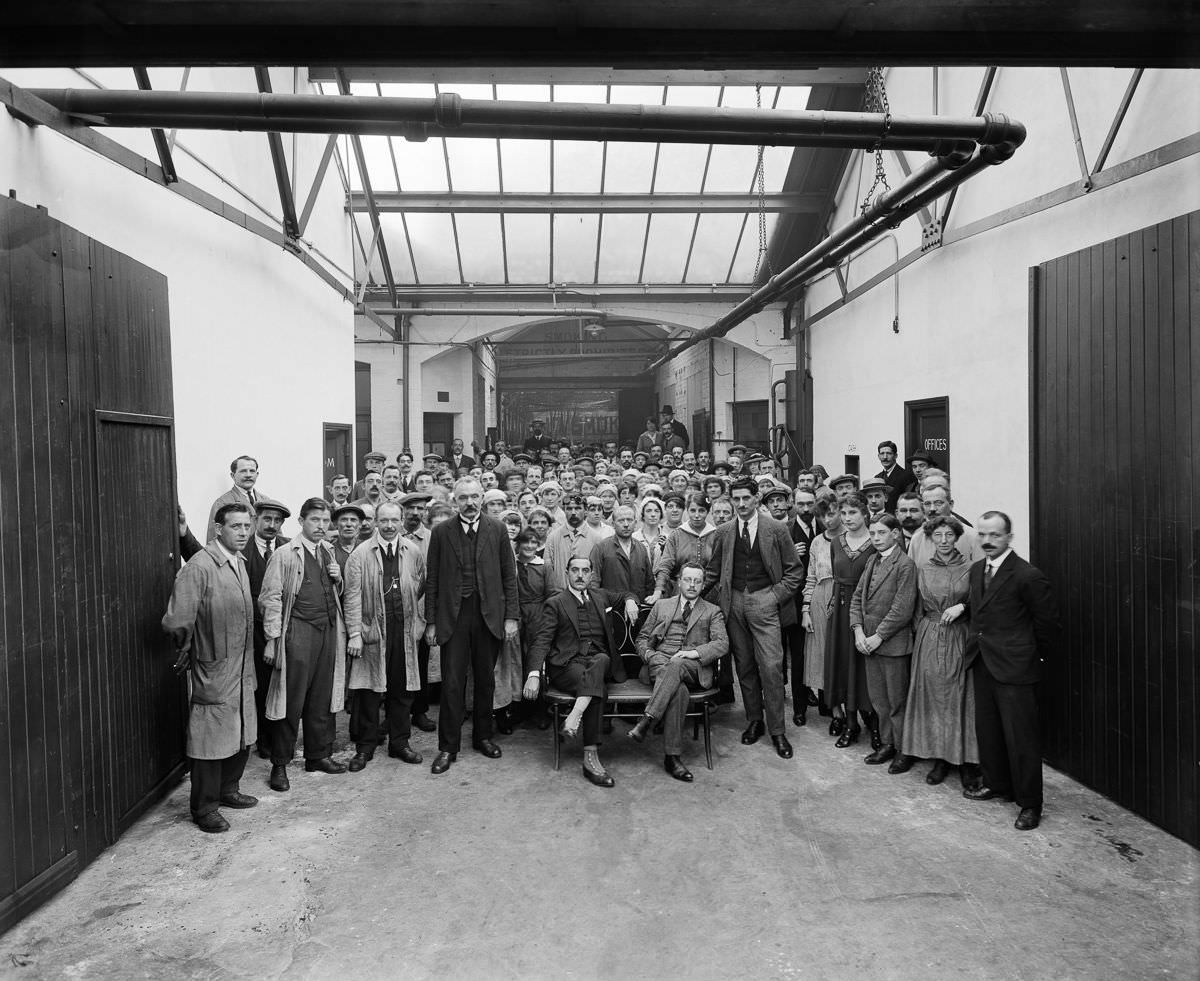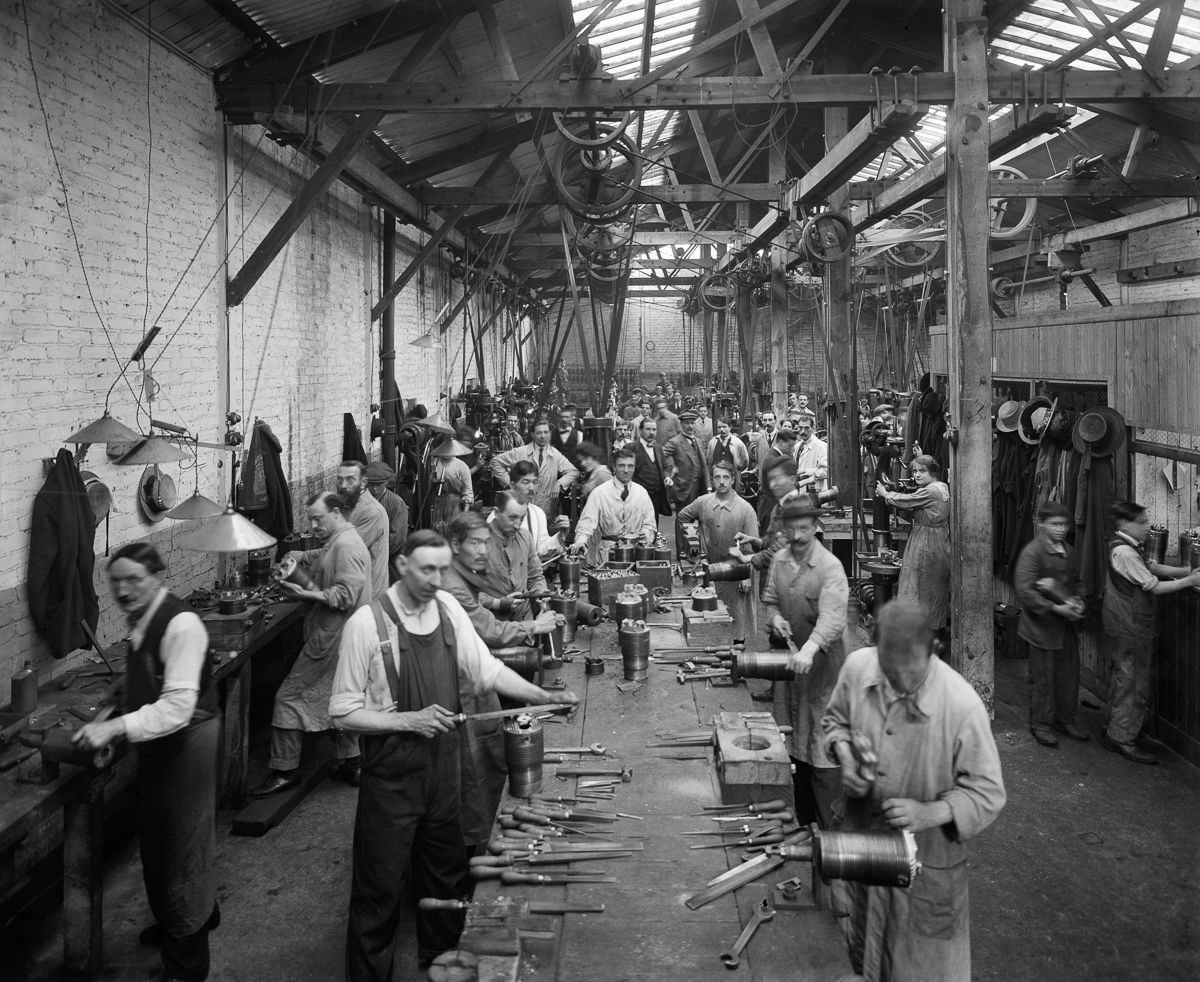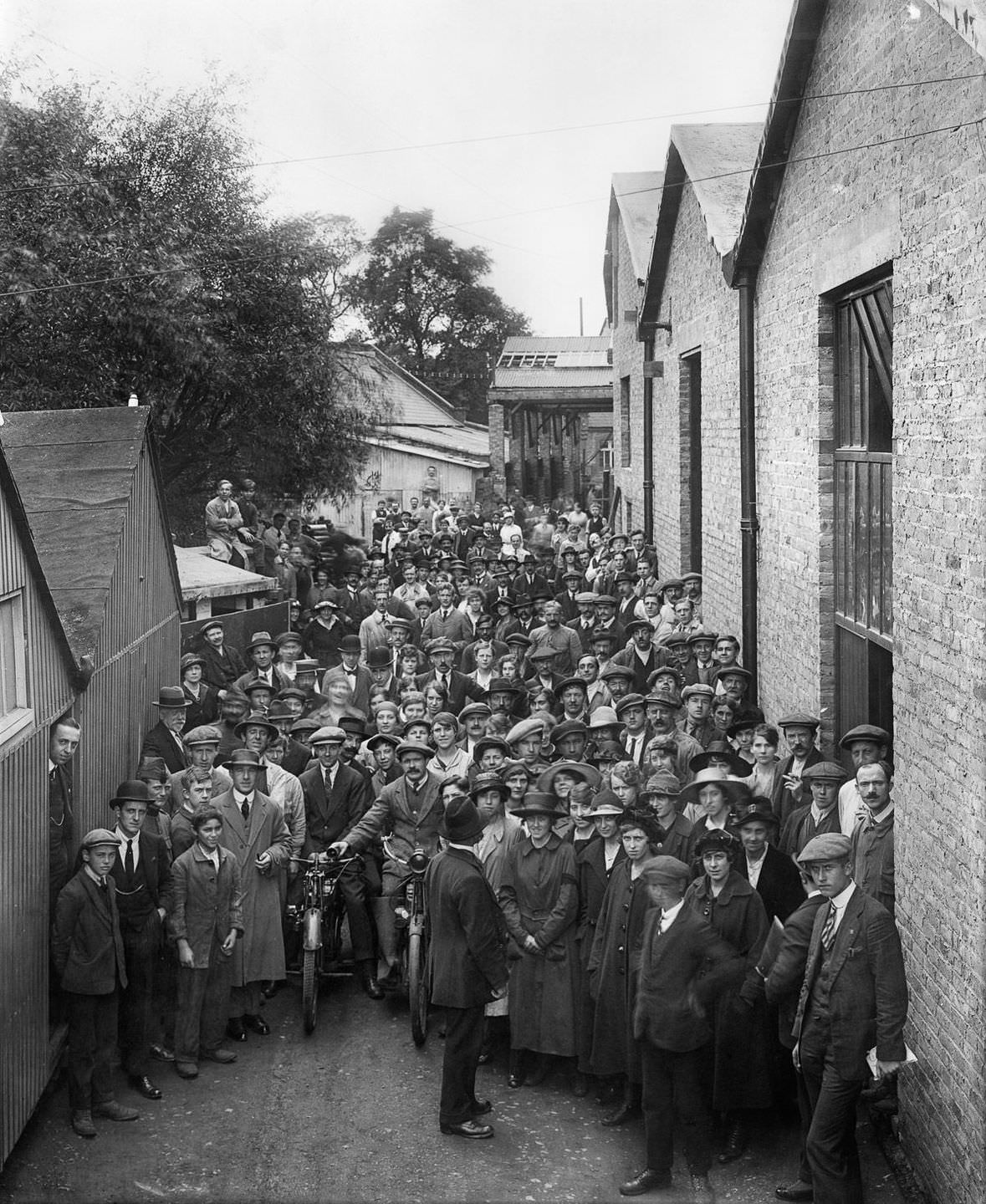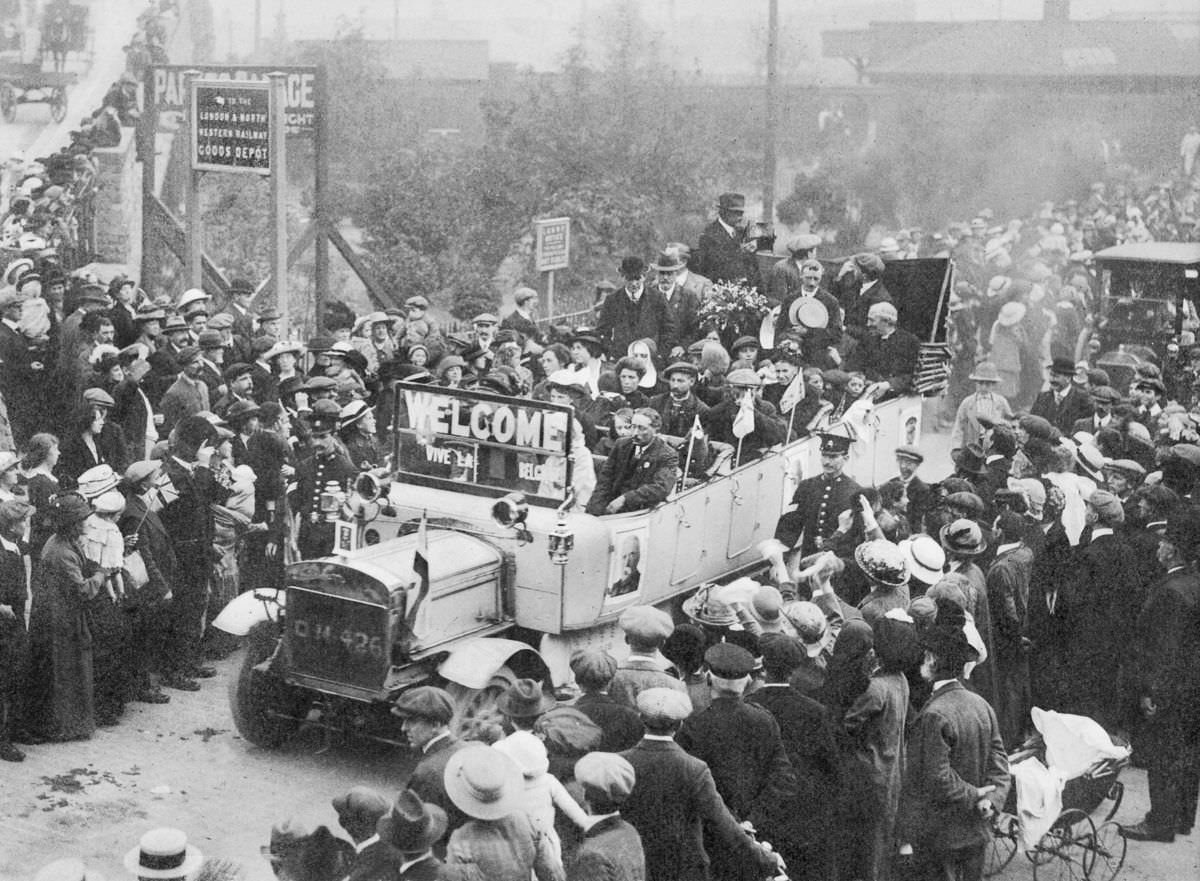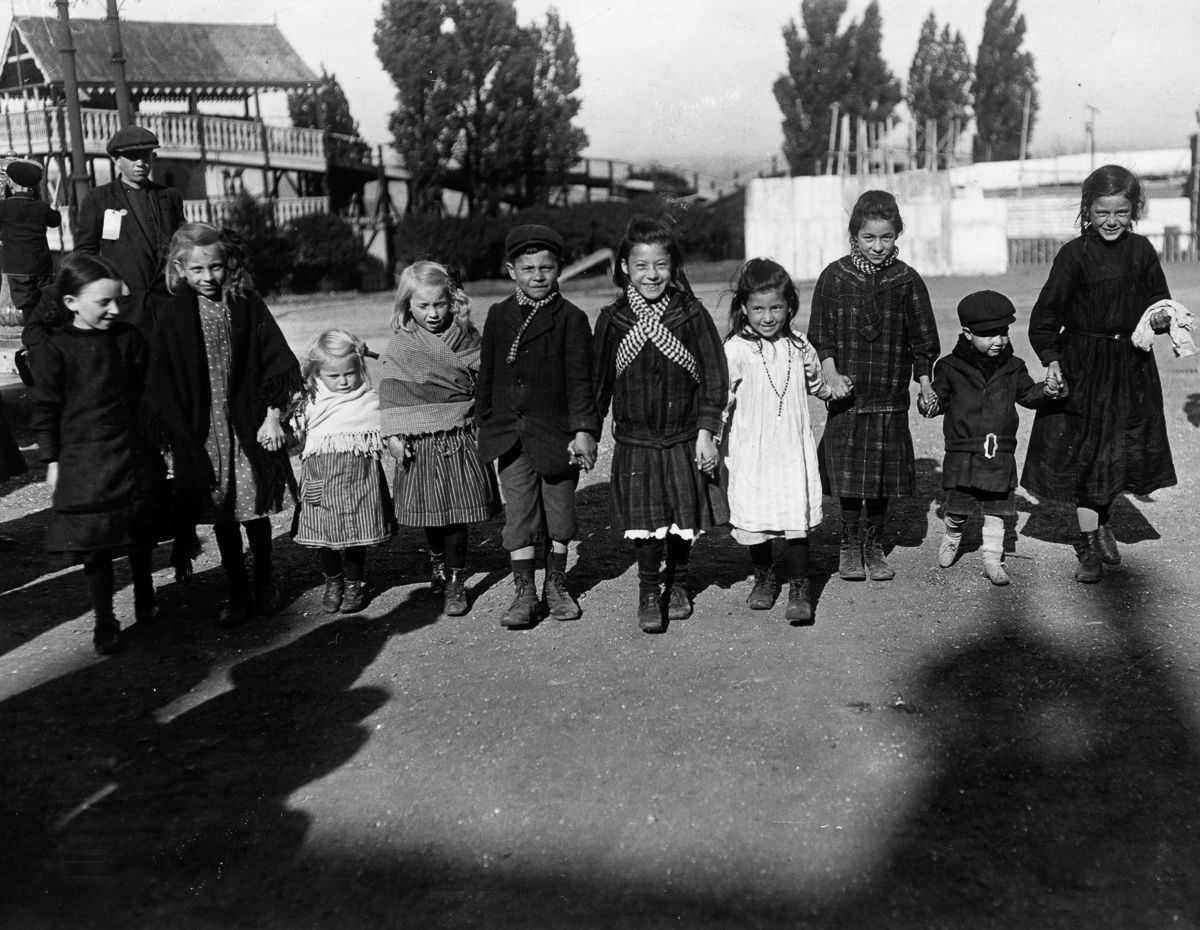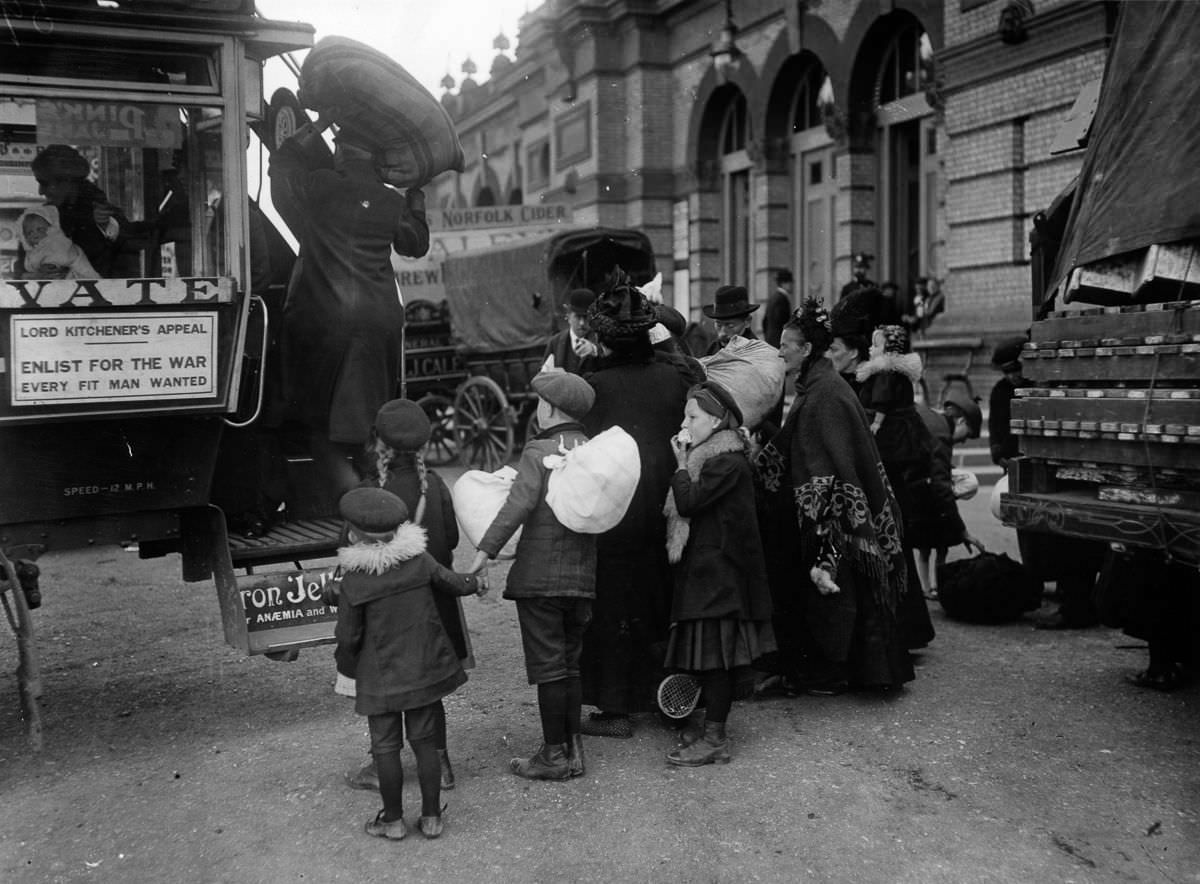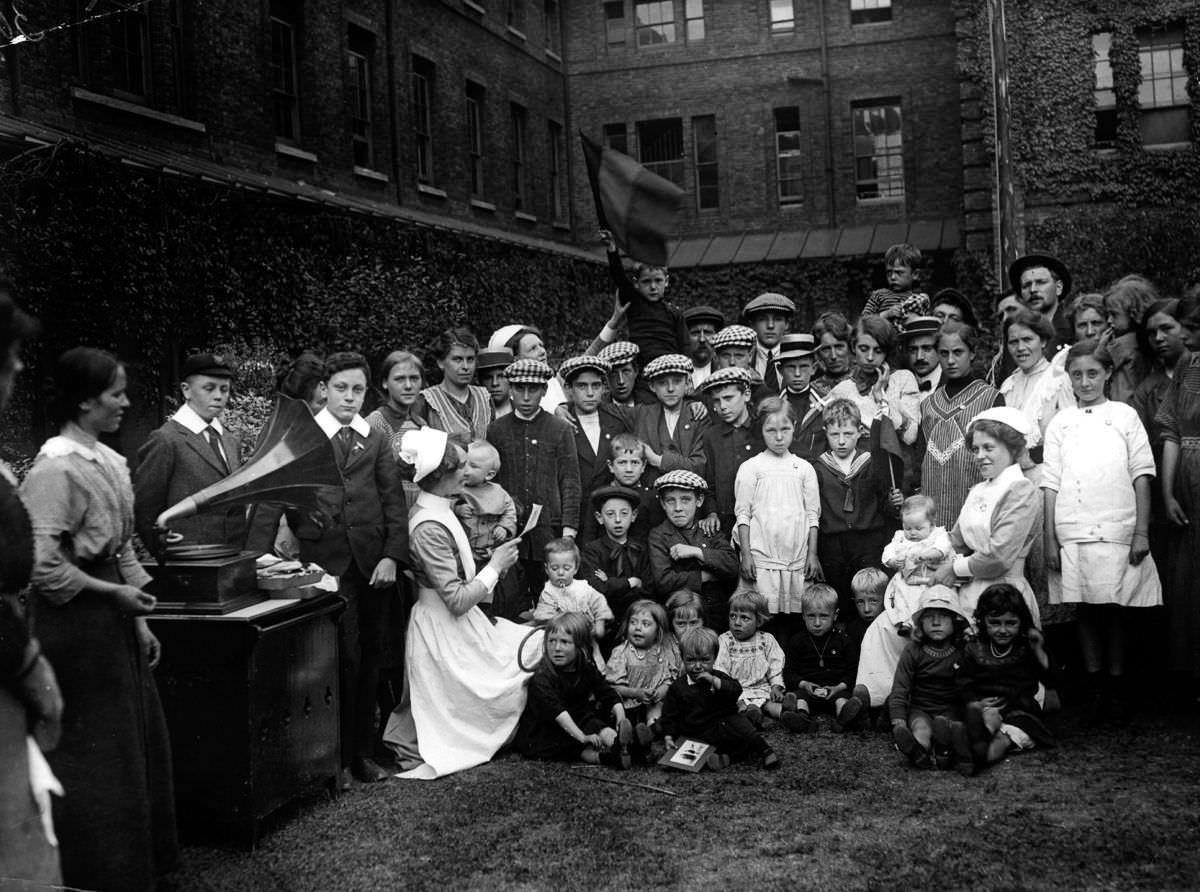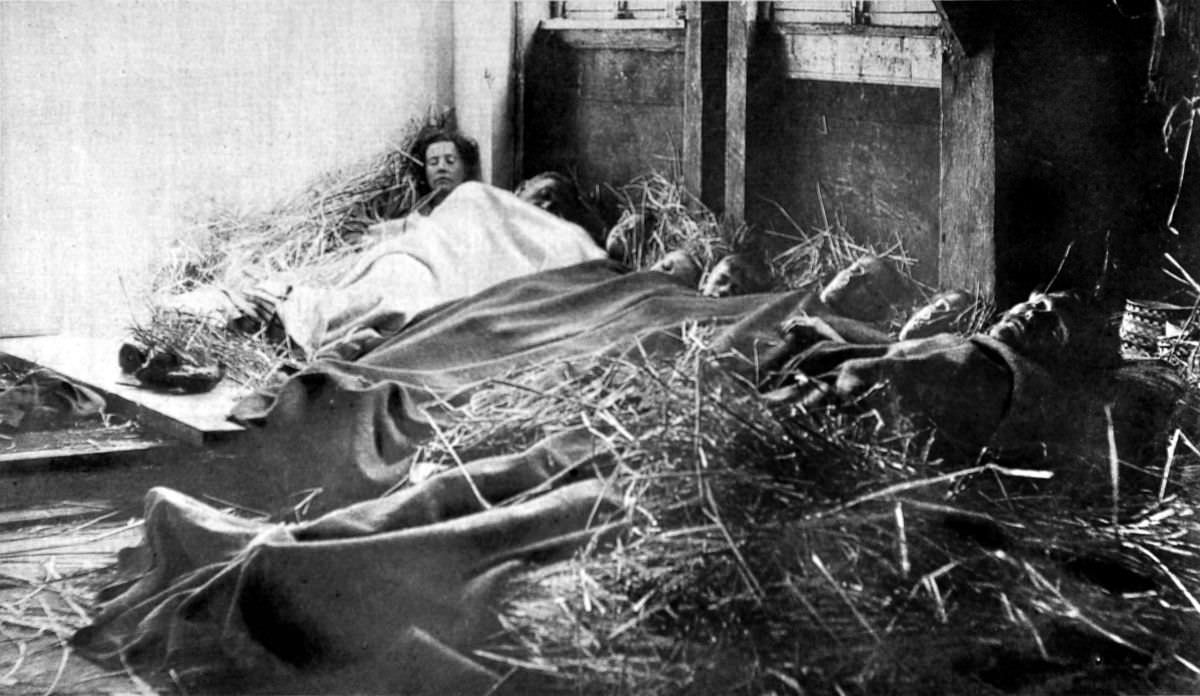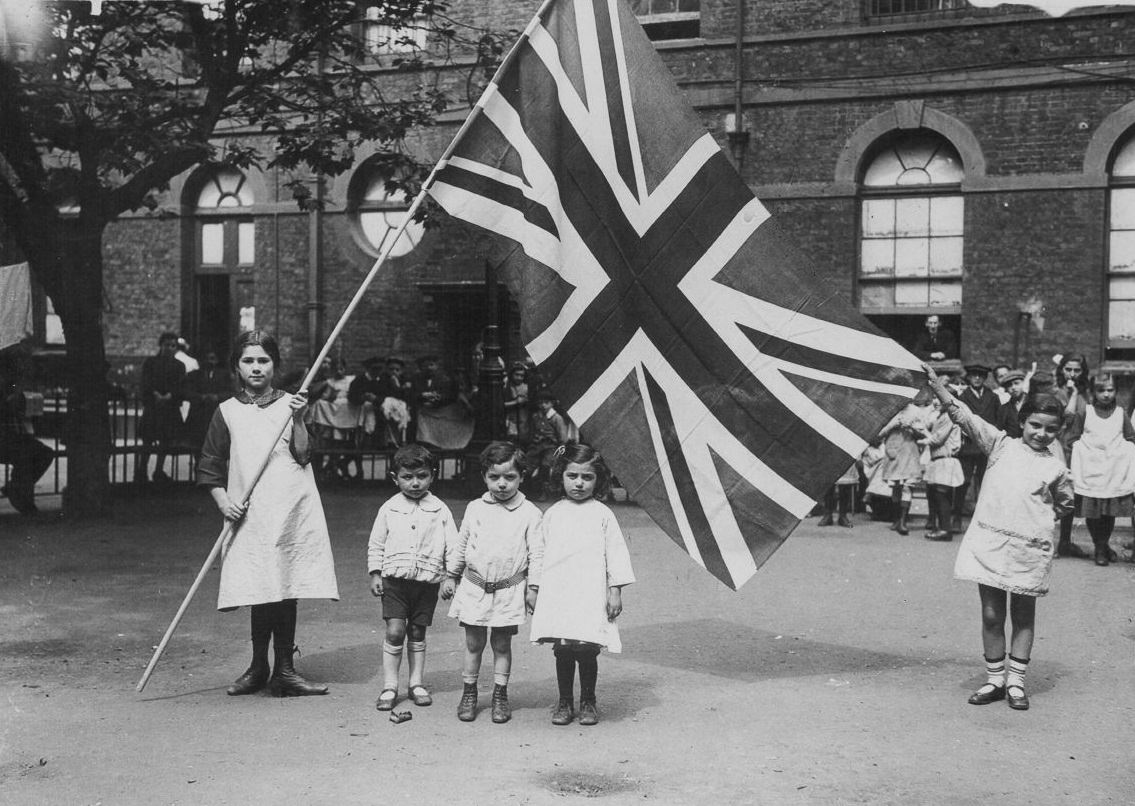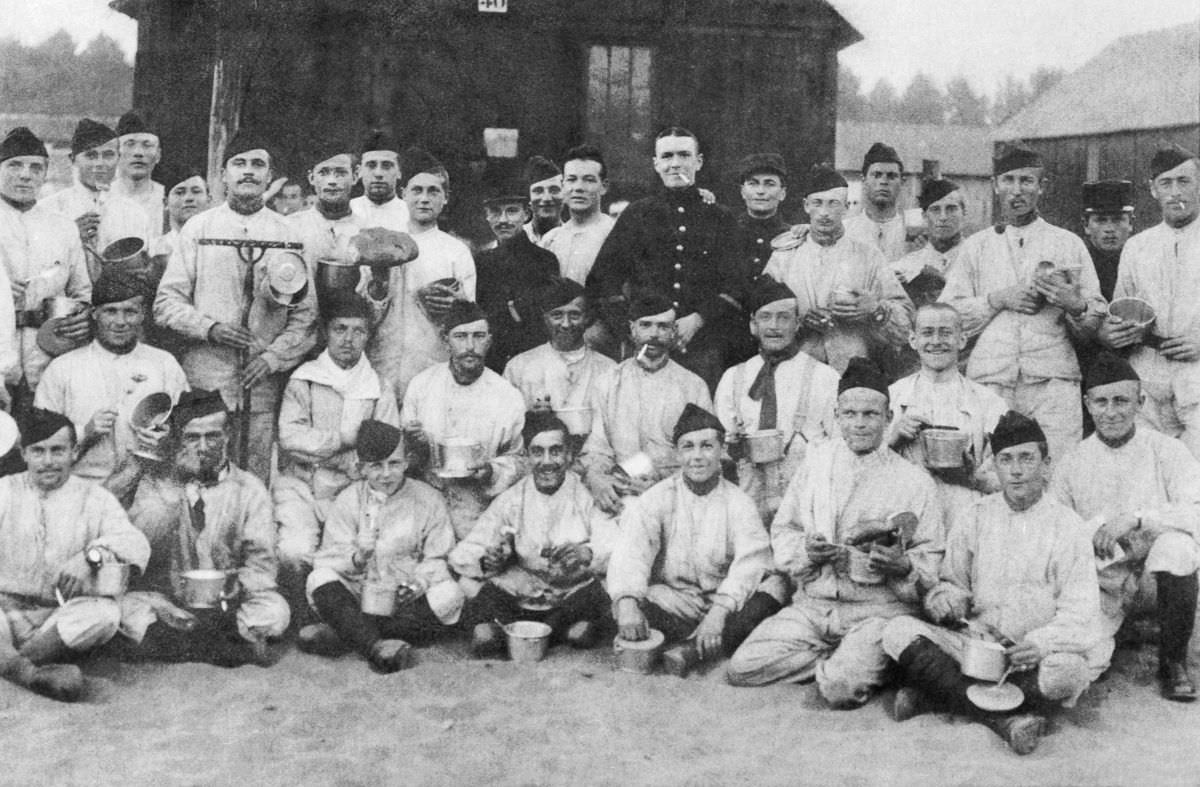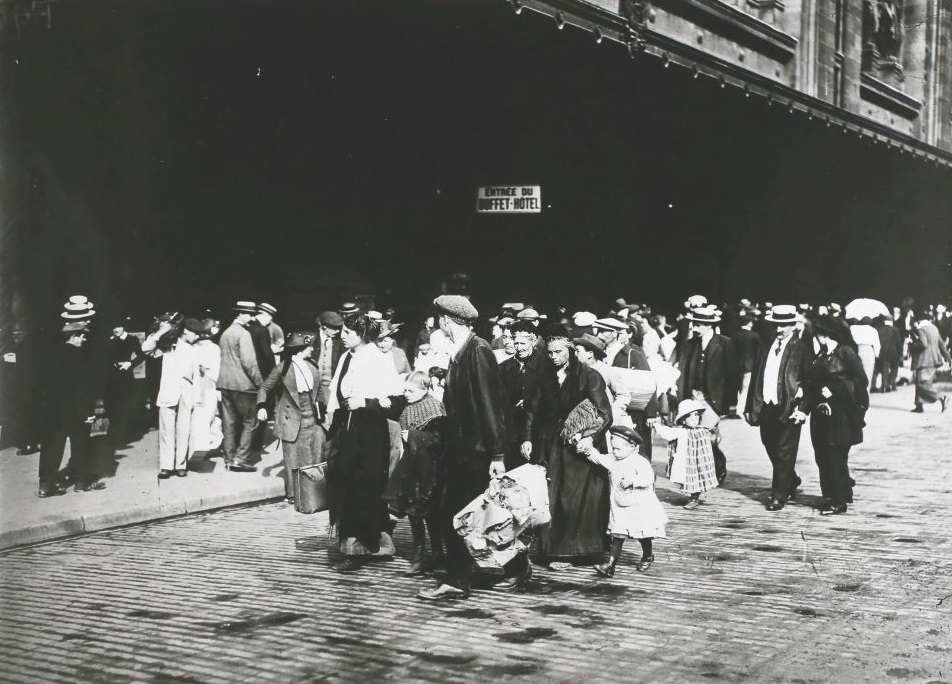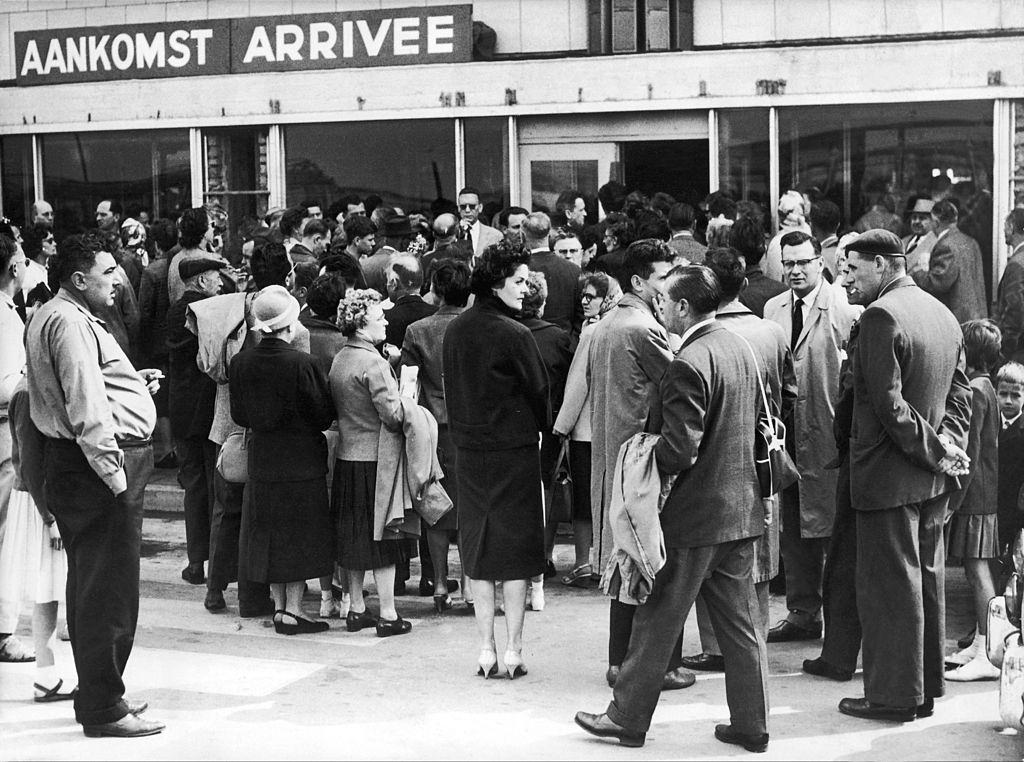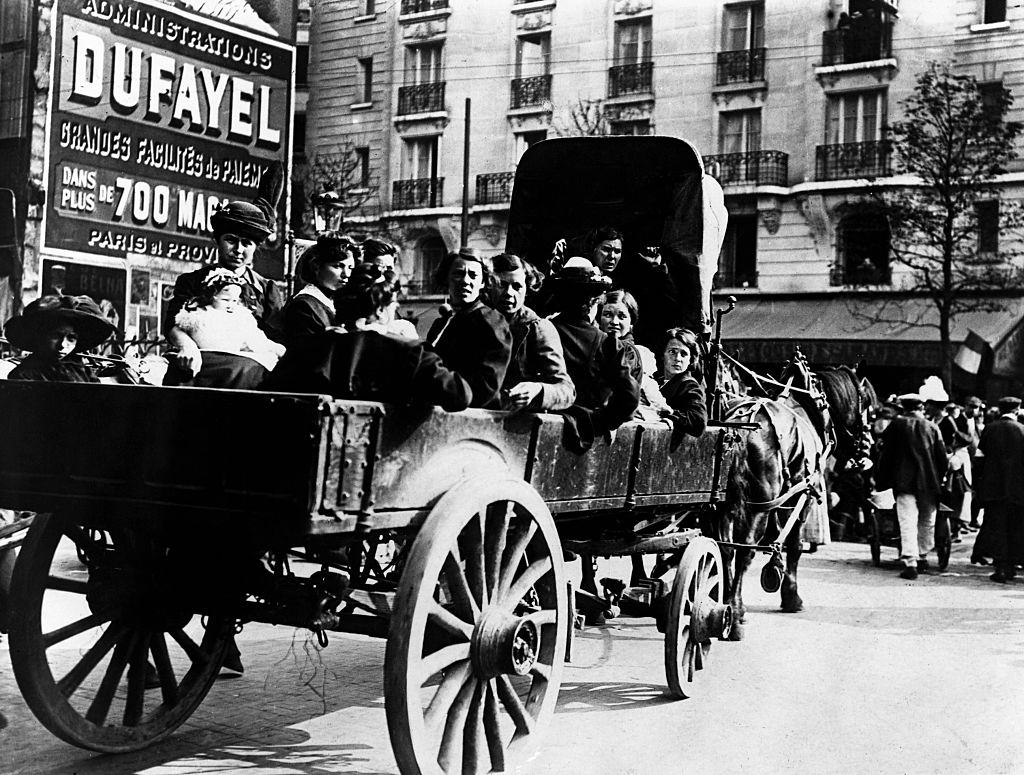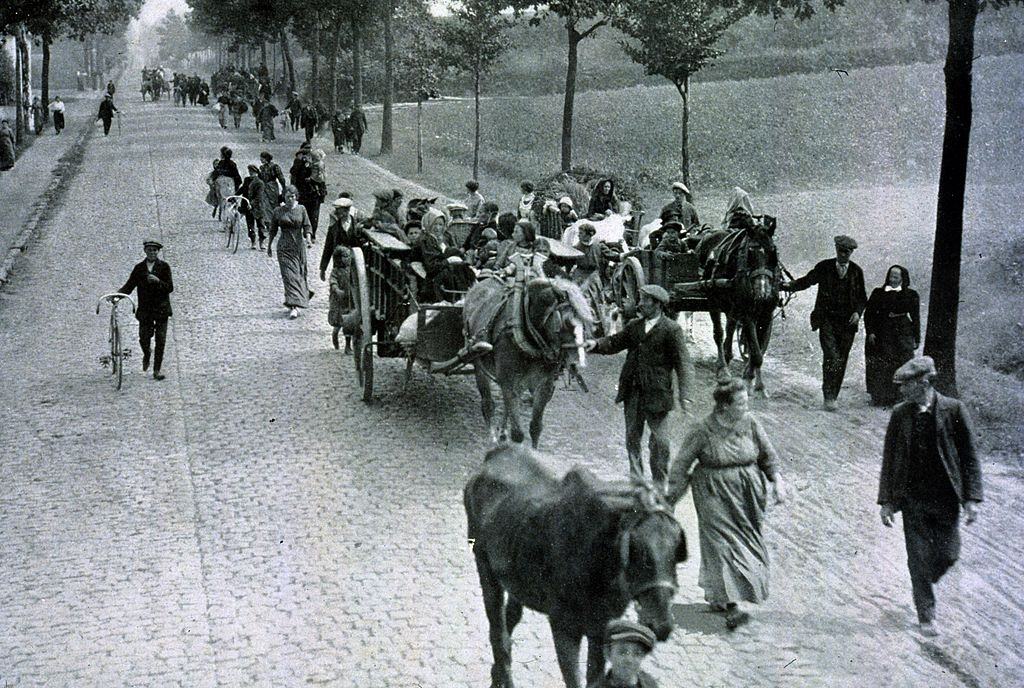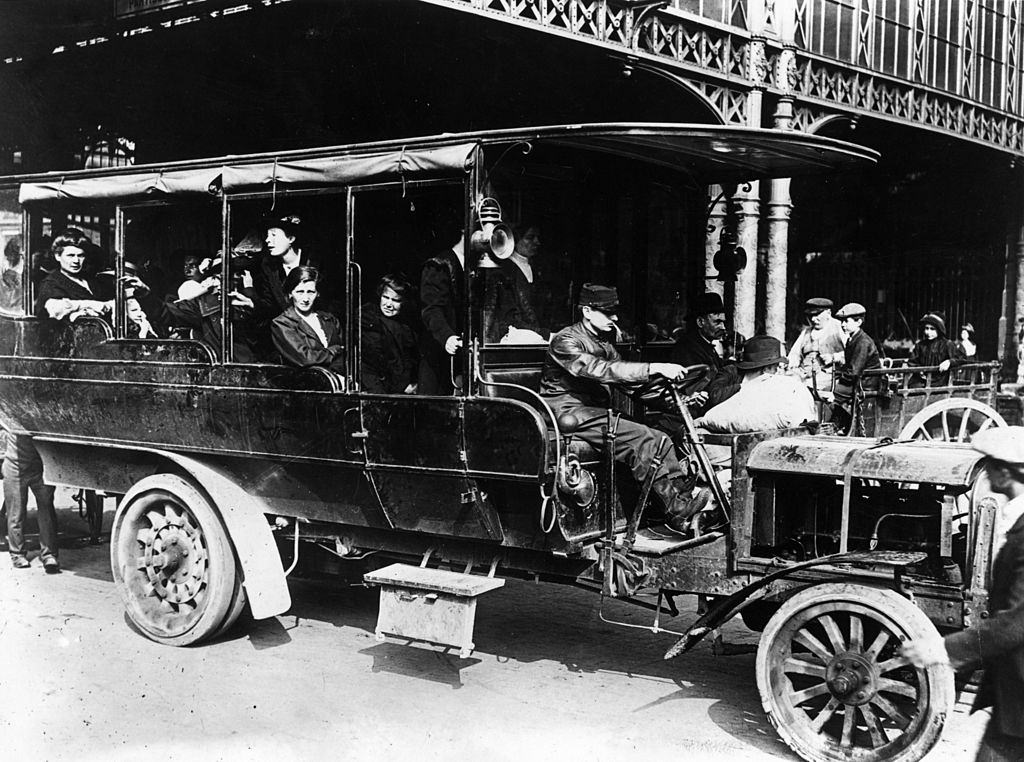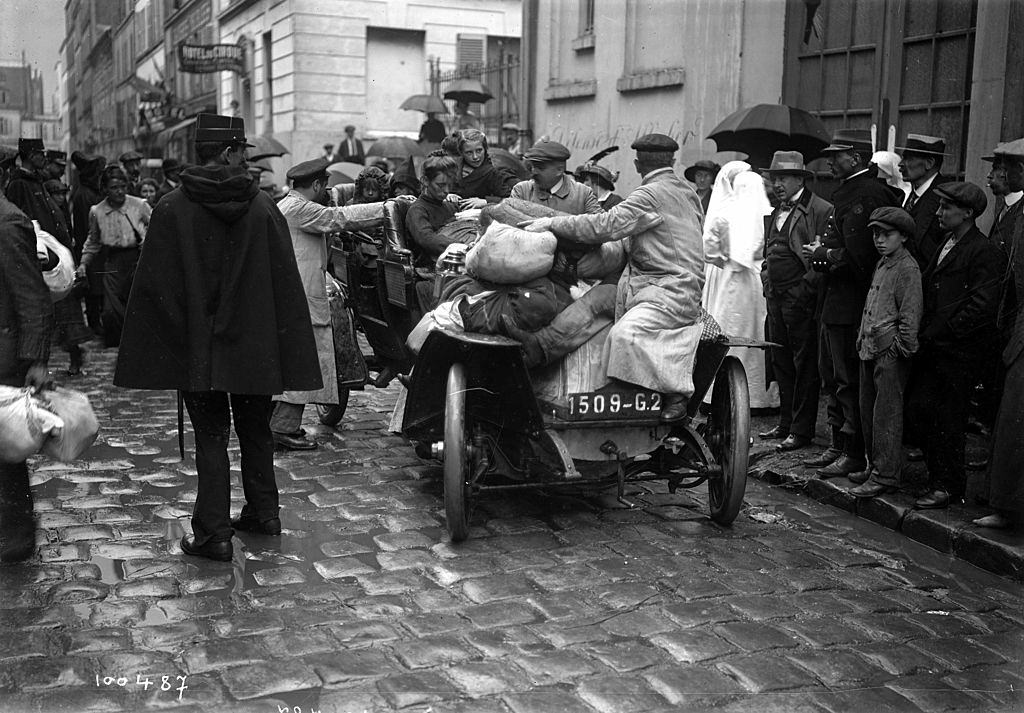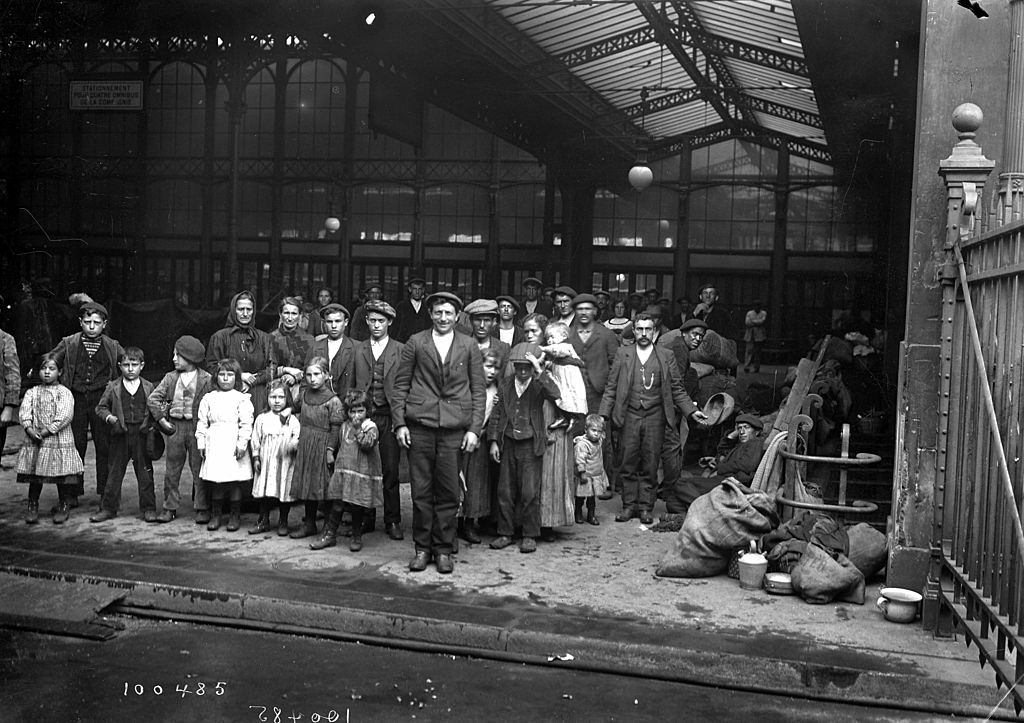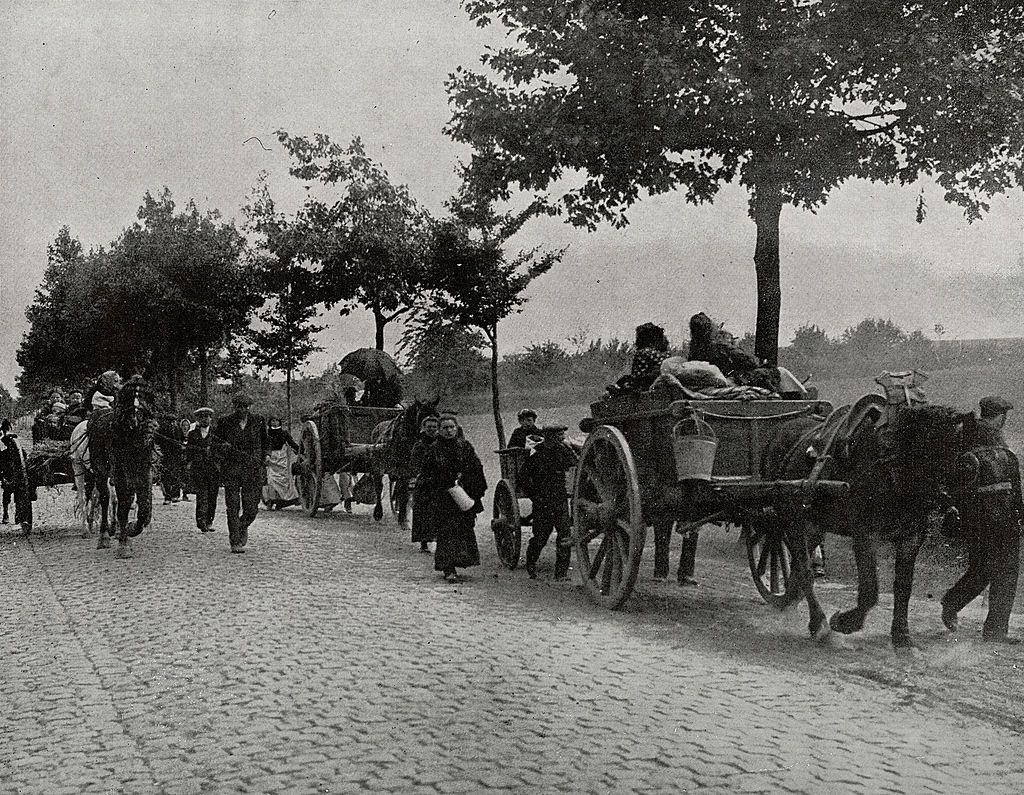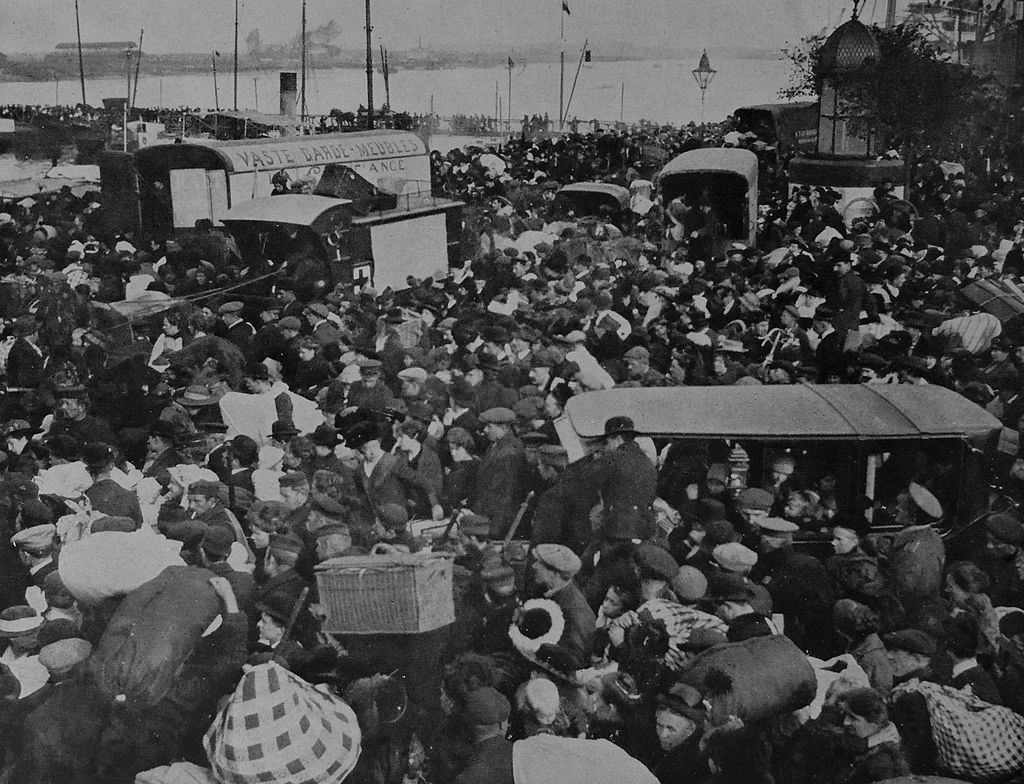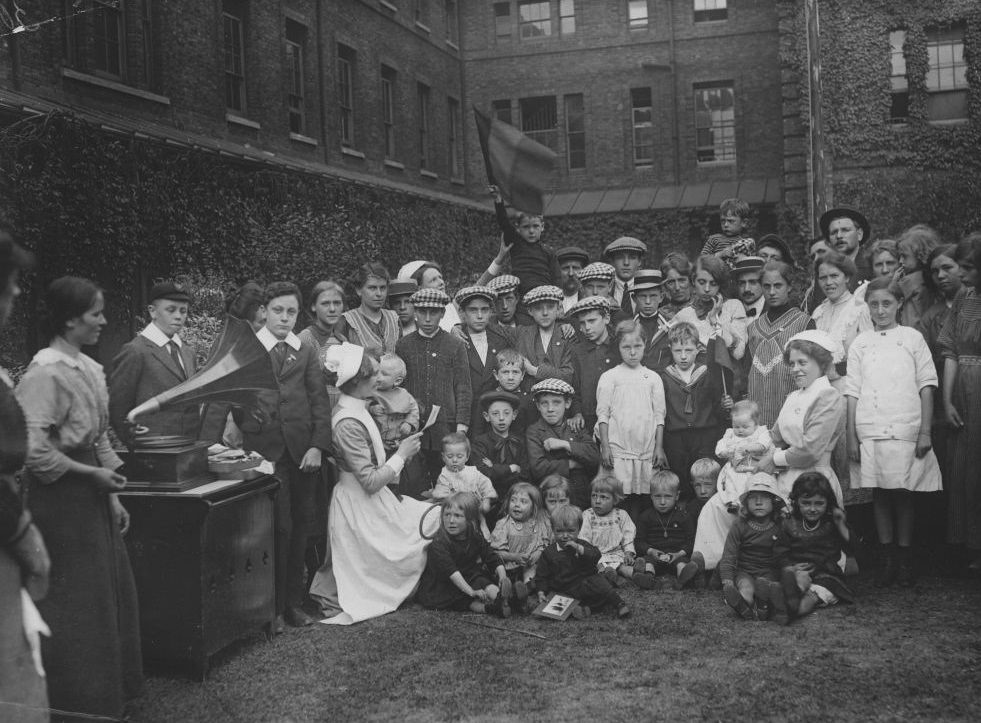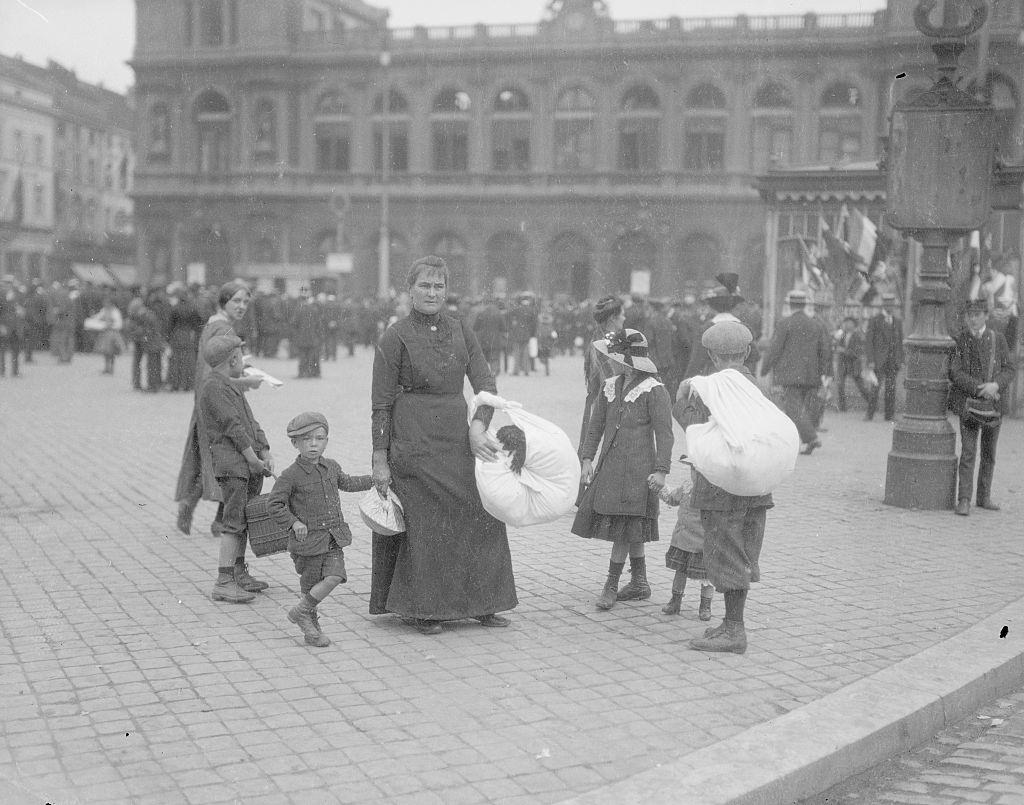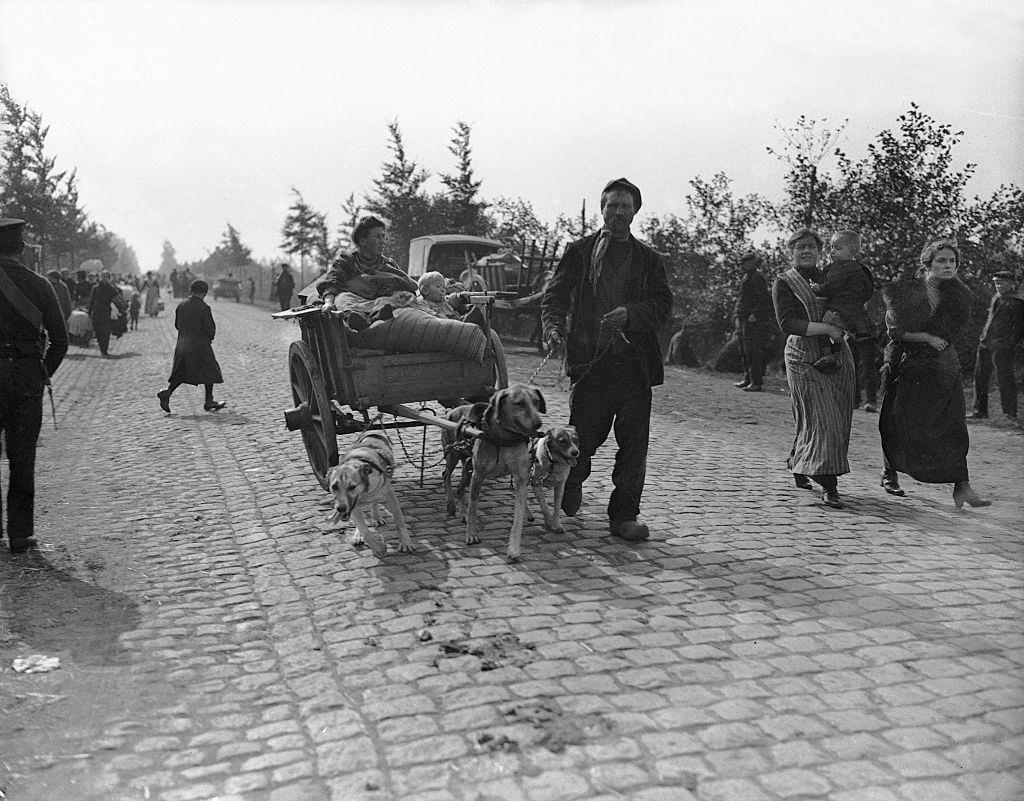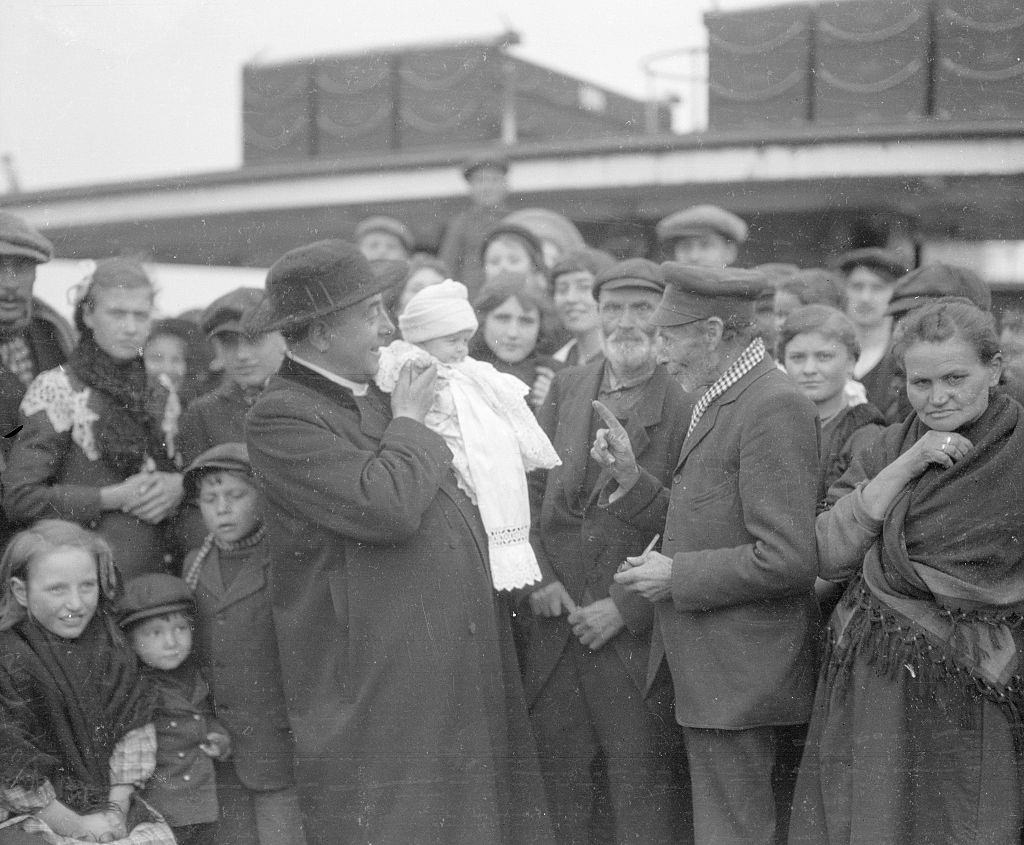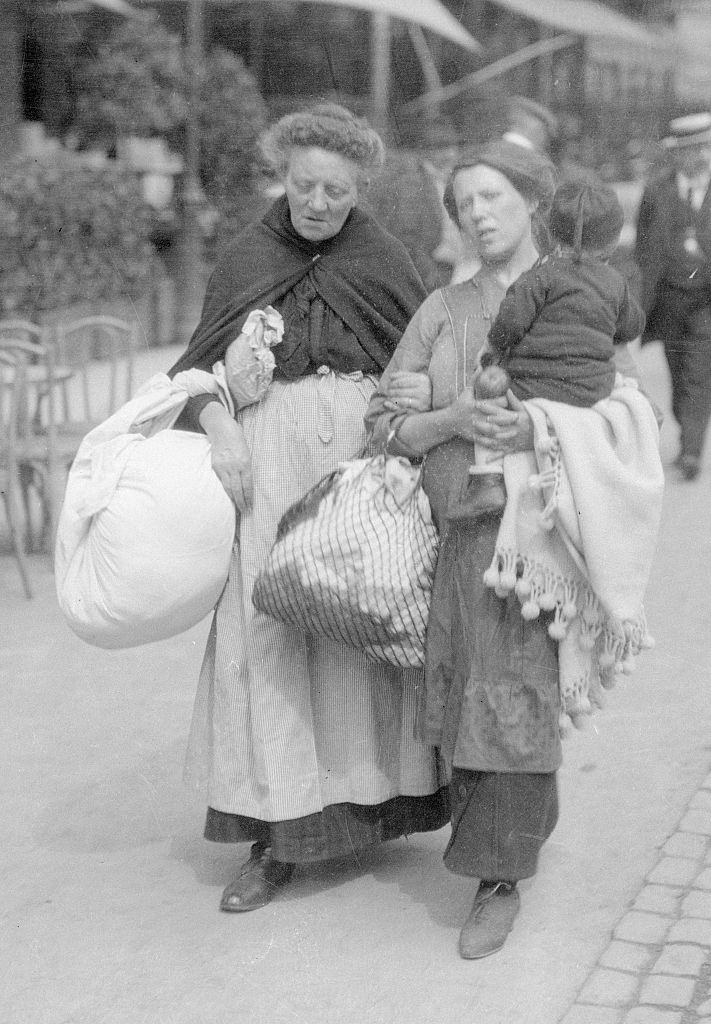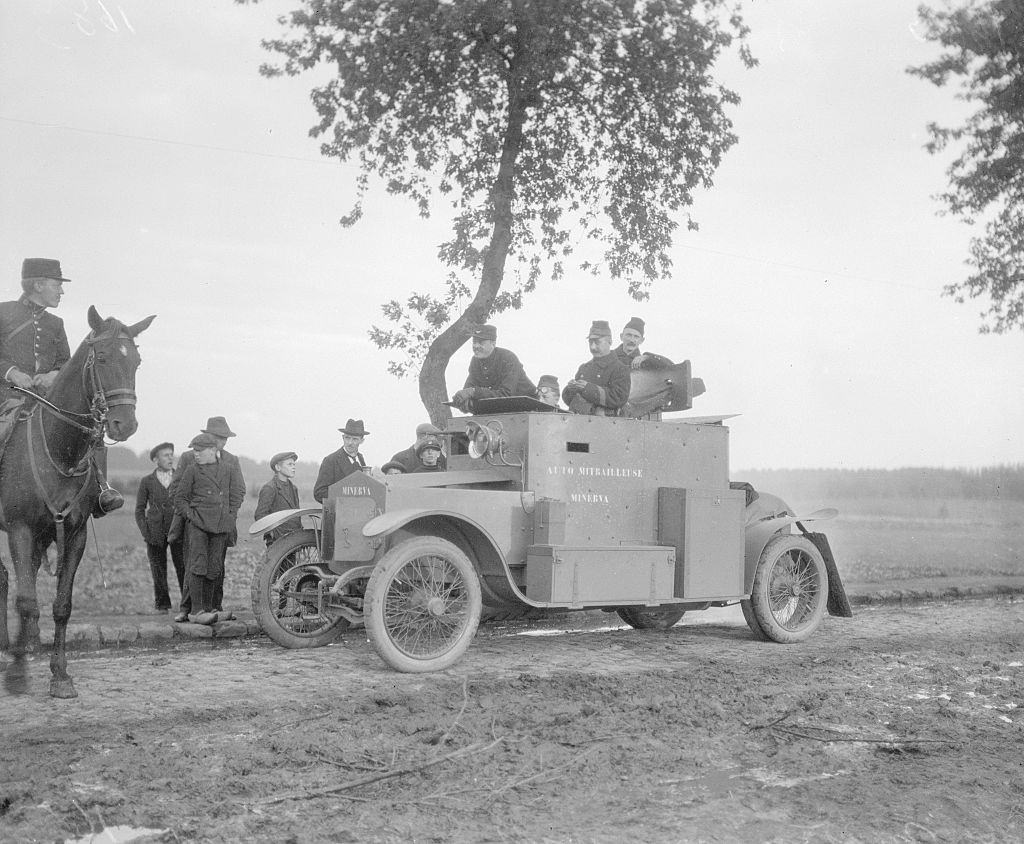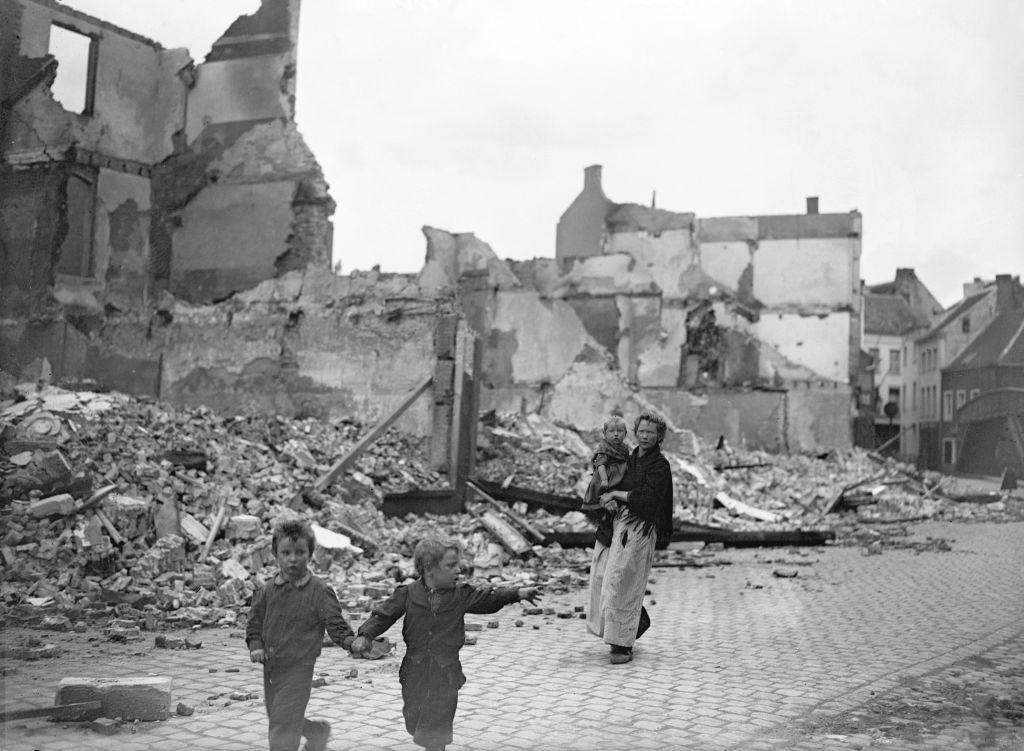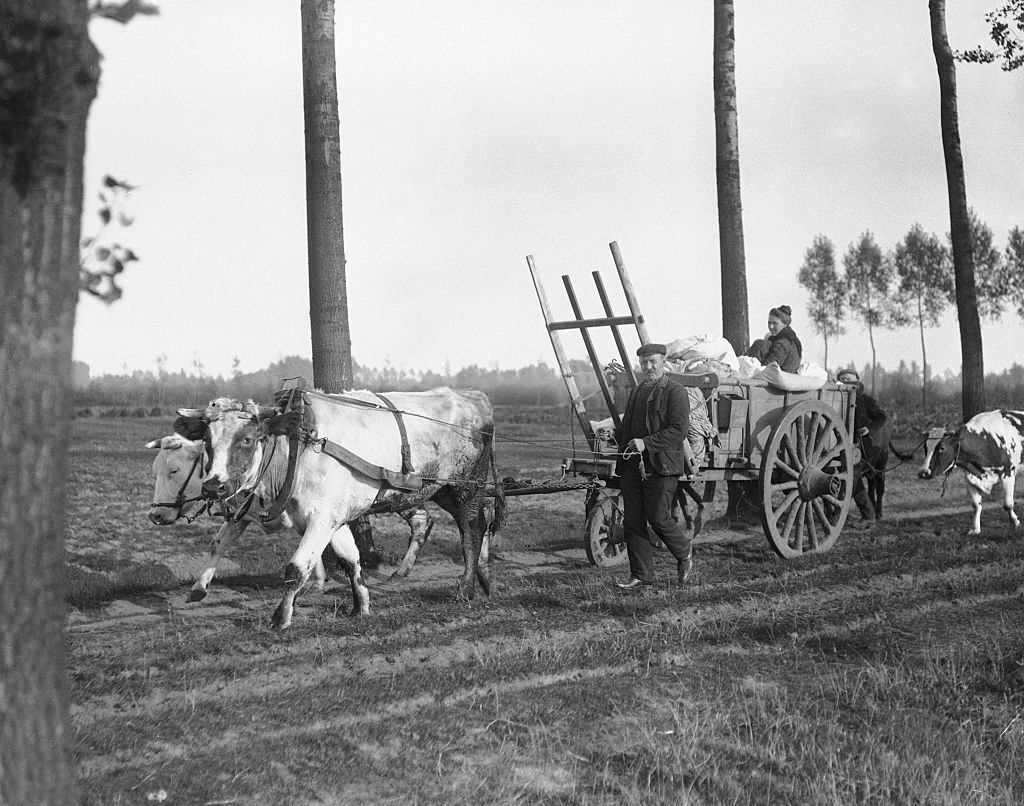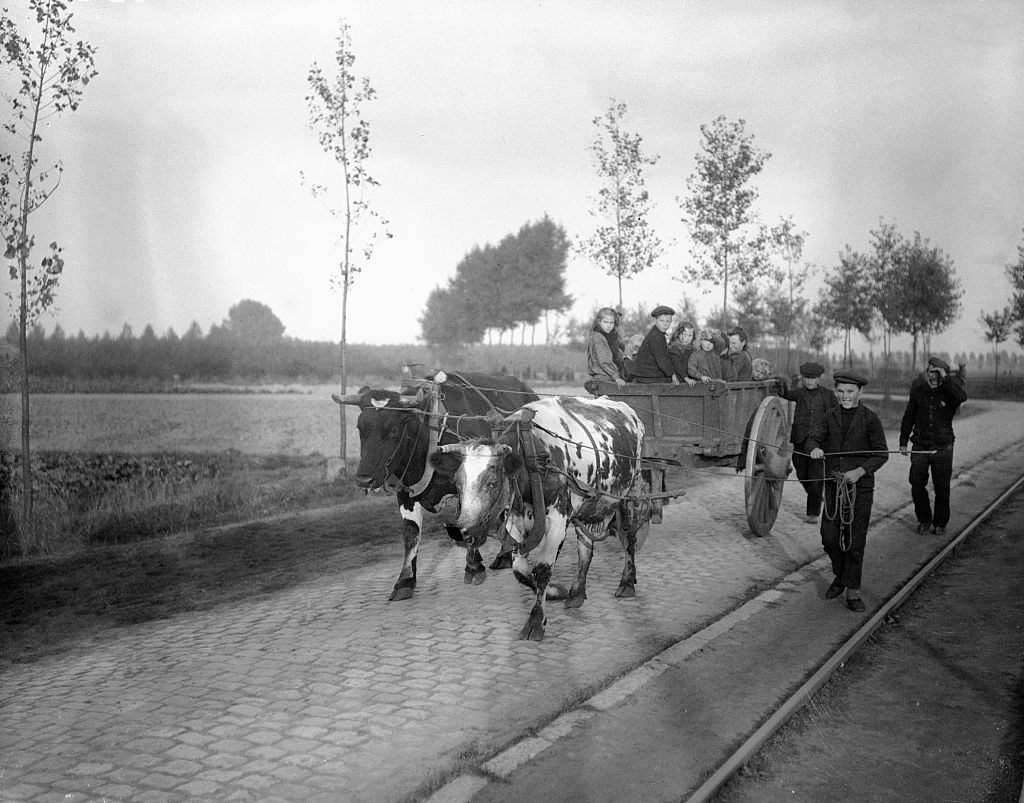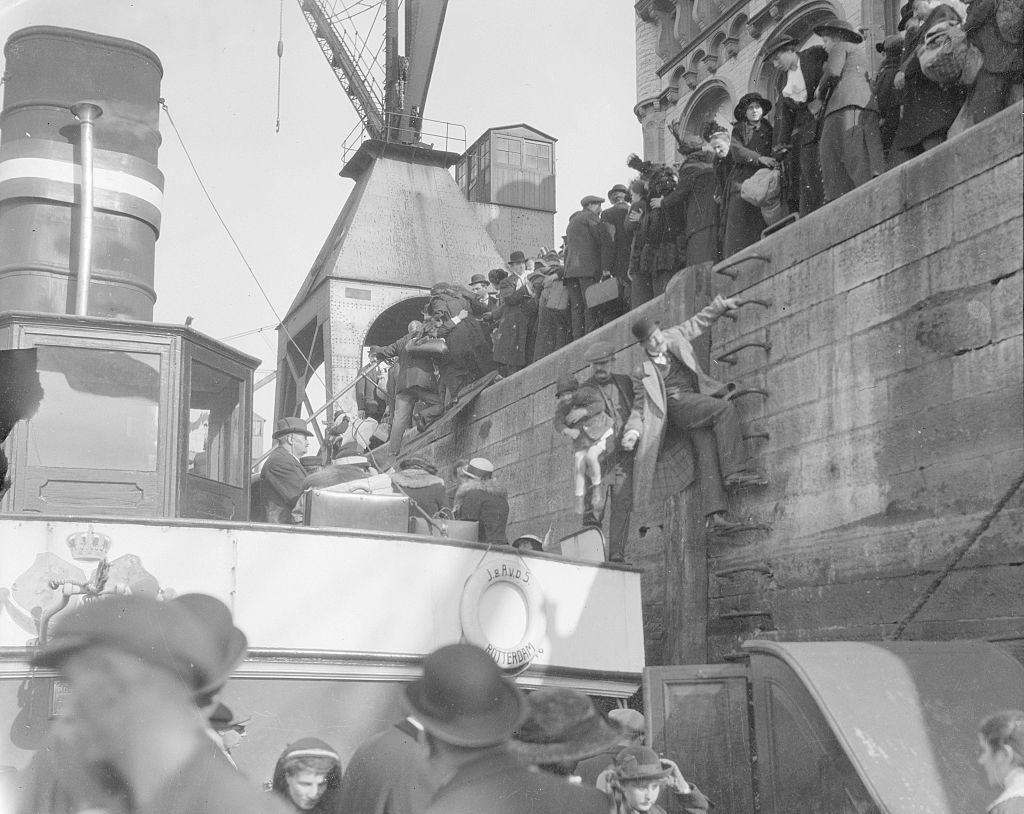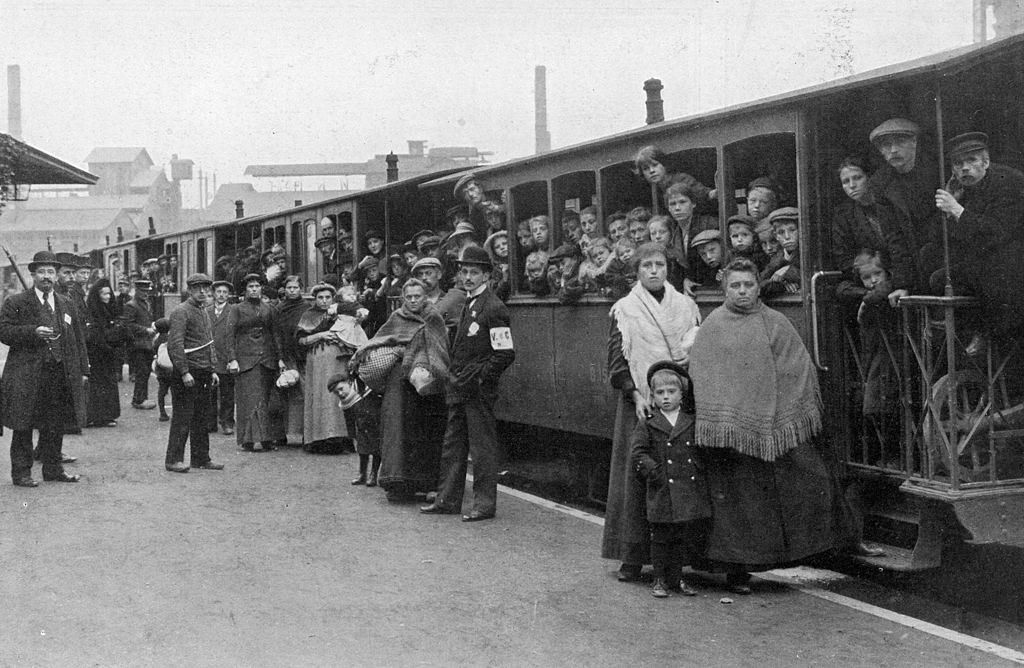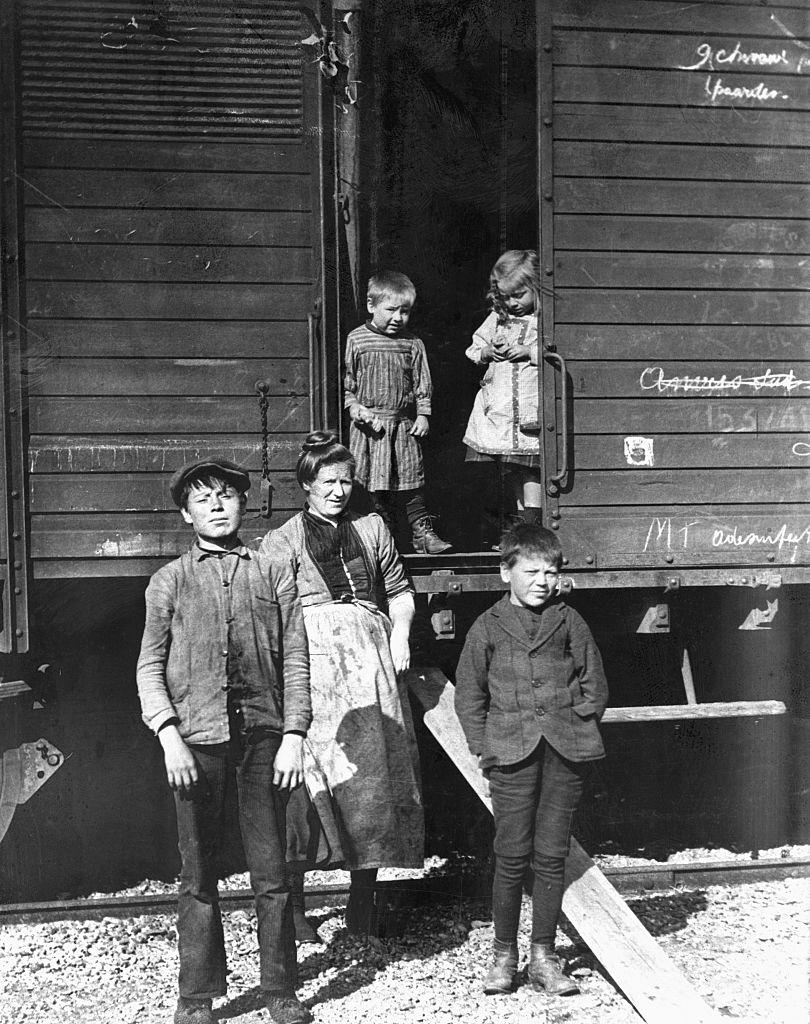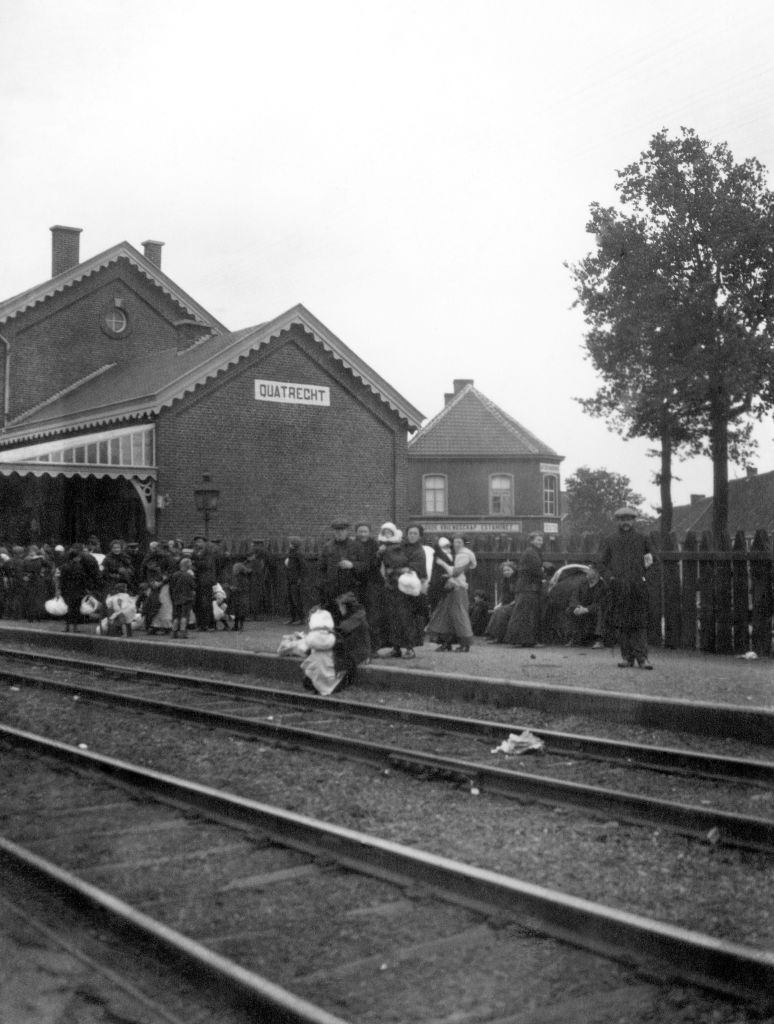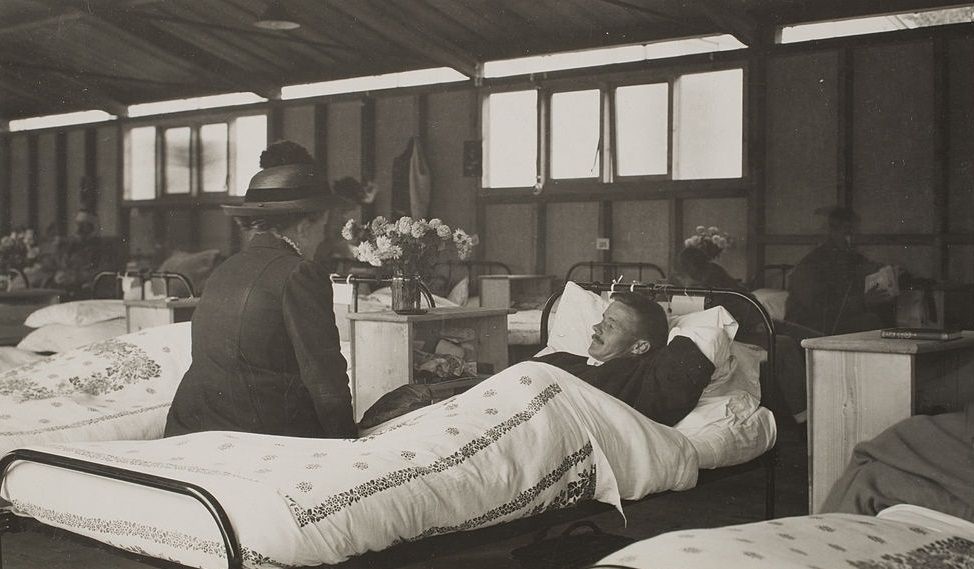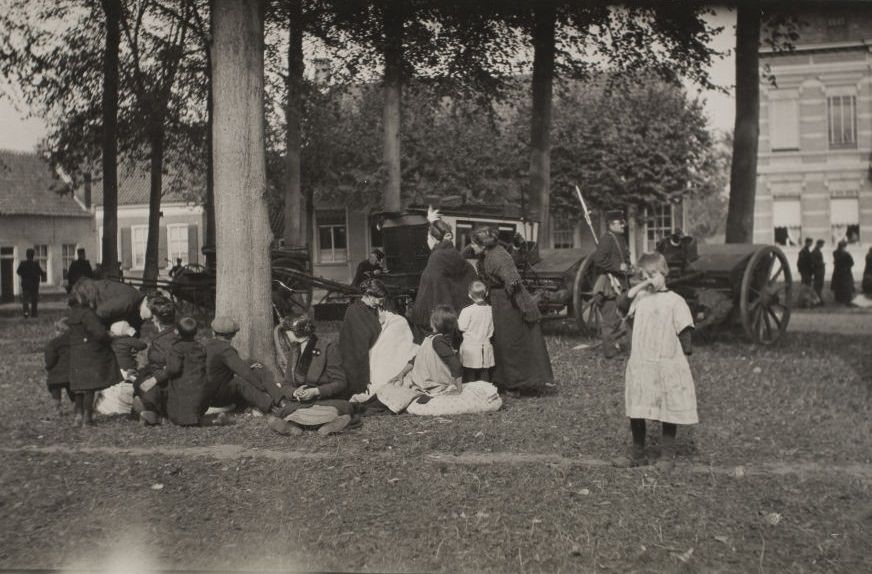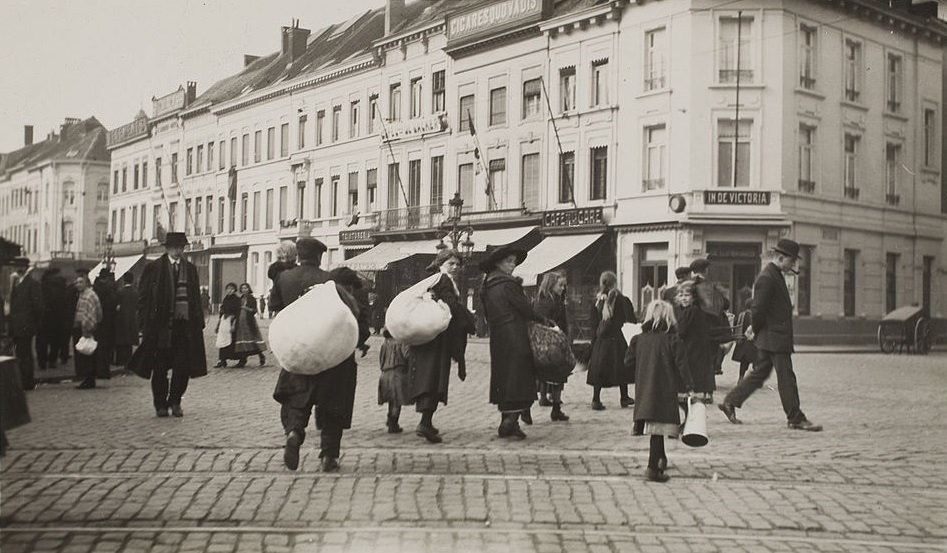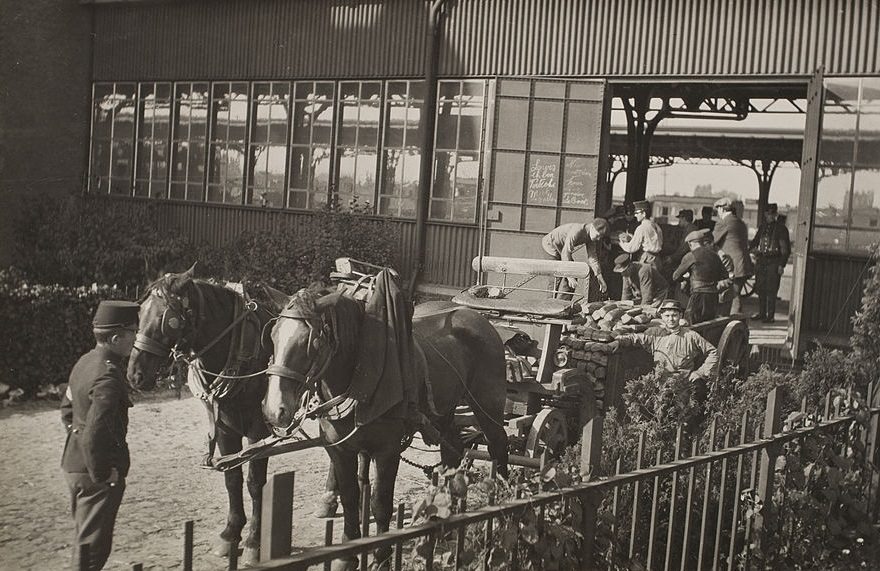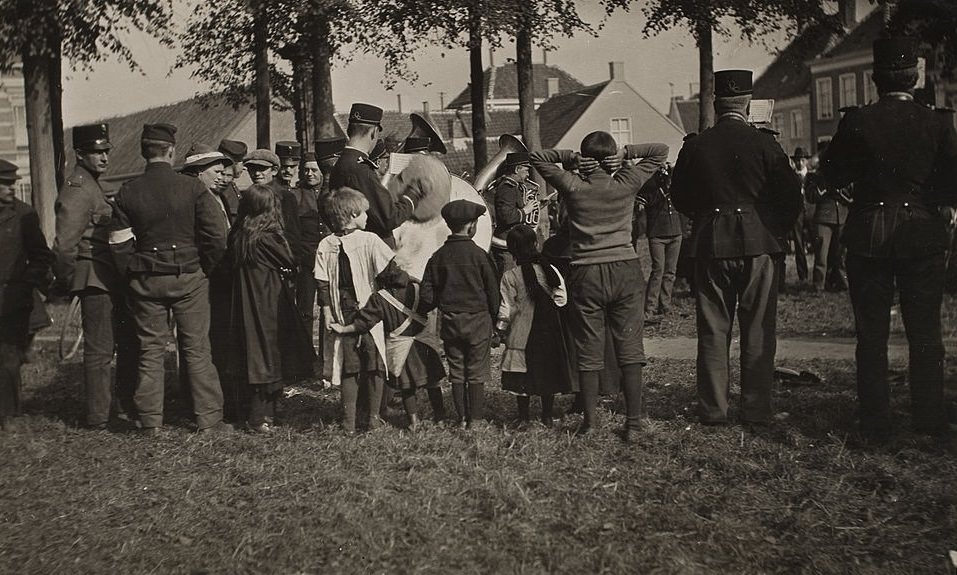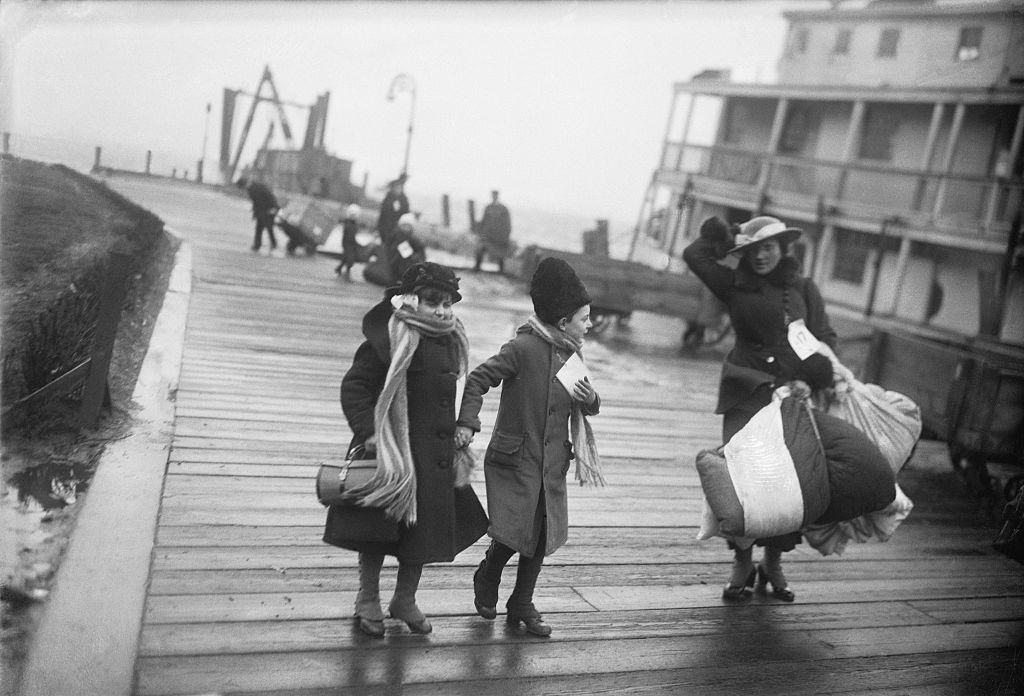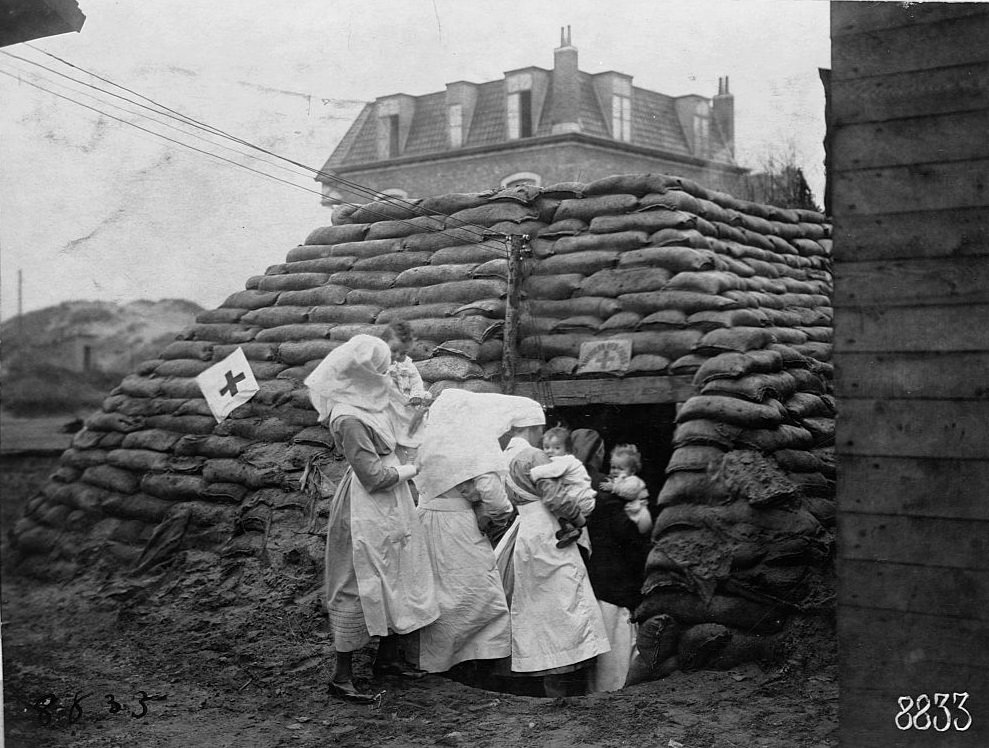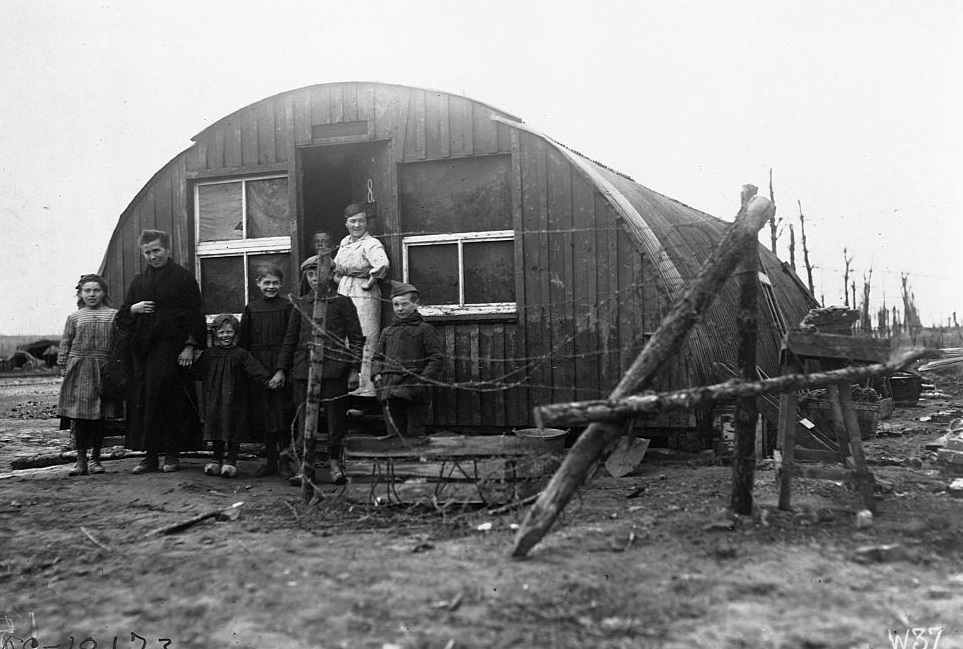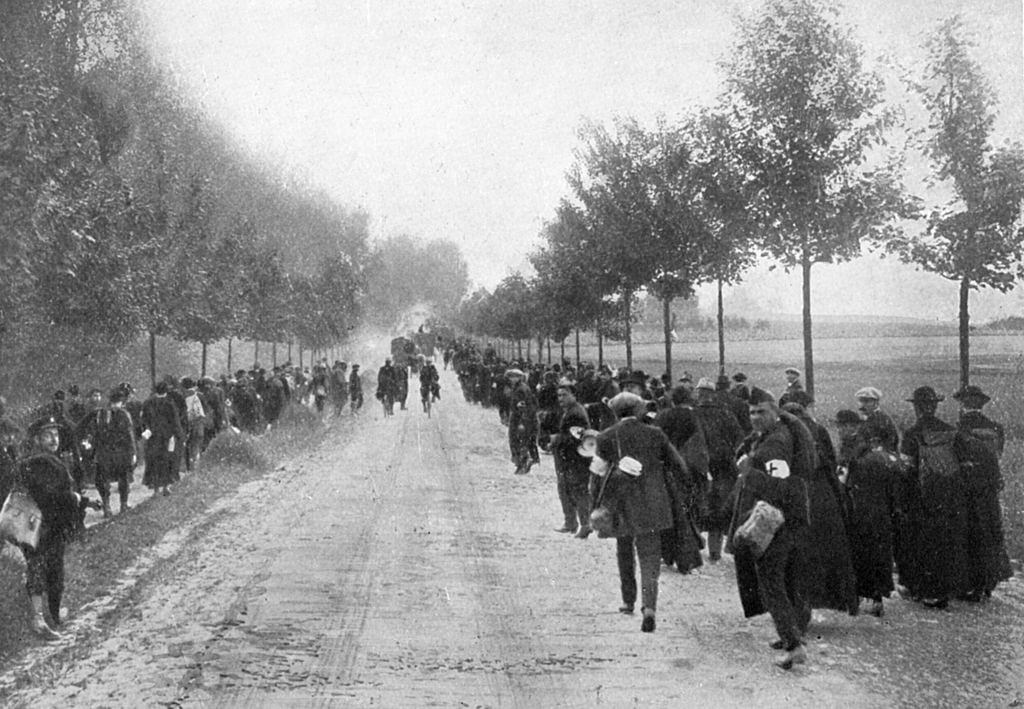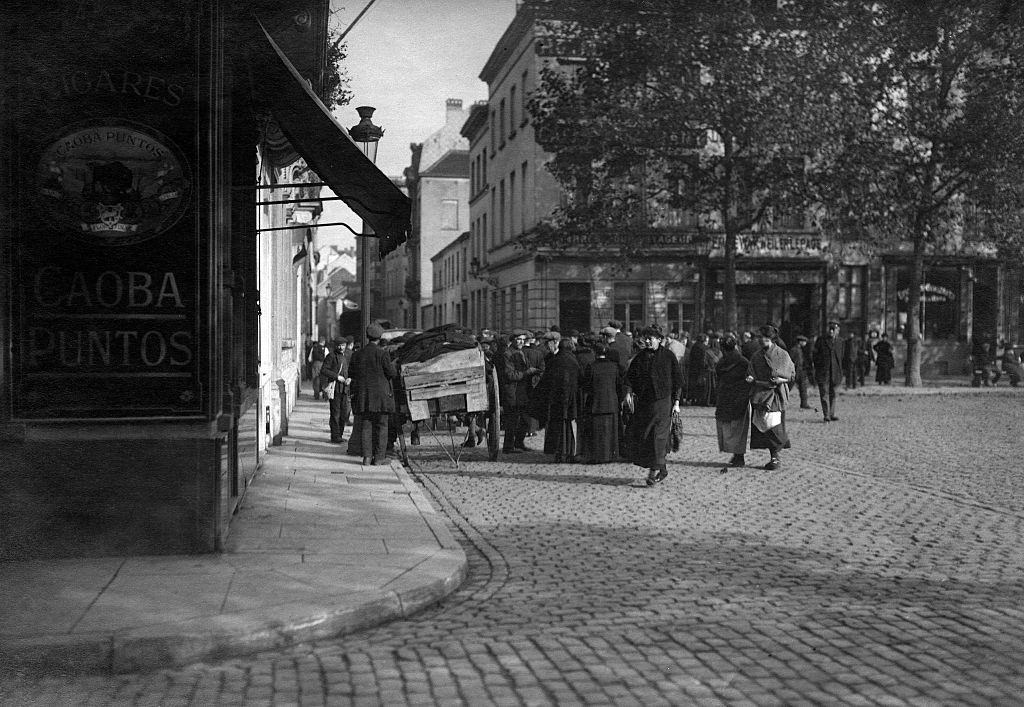At the beginning of the Great War and subsequent German Invasion, thousands of Belgians fled the country to seek asylum in Great Britain, France, and the Netherlands. The total number of Belgians who fled the country during the First World War was around 600,000 or some eight percent of the total population at that time.
Ceasefire and returning to Belgium
A ceasefire in November 1918 gave some hope to the refugees who were waiting anxiously to return to their motherland after years of absence. By the end of 1919, most Belgian refugees who had taken temporary asylum in the Netherlands had returned home. While a few decided to stay there permanently. The British government also took measures to repatriate the refugees. By mid-1919, almost all Belgians who had resided in Britain had left the country. France, bled dry by four years of the war, did not view the repatriation of Belgian refugees as a pressing issue. A few thousand decided to stay in France, especially in Normandy, where many were granted fertile farmland. When the war was ended almost 95% of the refugees returned to their country.
Refugees faced hostility and unfriendliness
After the war, many refugees were treated like aliens or even hostility. People called them cowards because they left the country. Their contribution to the war effort was judged marginal at best. Many considered them privileged people or deserters who had failed to demonstrate sufficient courage in the face of the enemy. There was no place for refugees in the Belgian memory of the war. As a result, Belgian historians and citizens rapidly forgot the refugees’ war experience.
Here below are some historical photos that depict the life of Belgian refugees during World War I.


